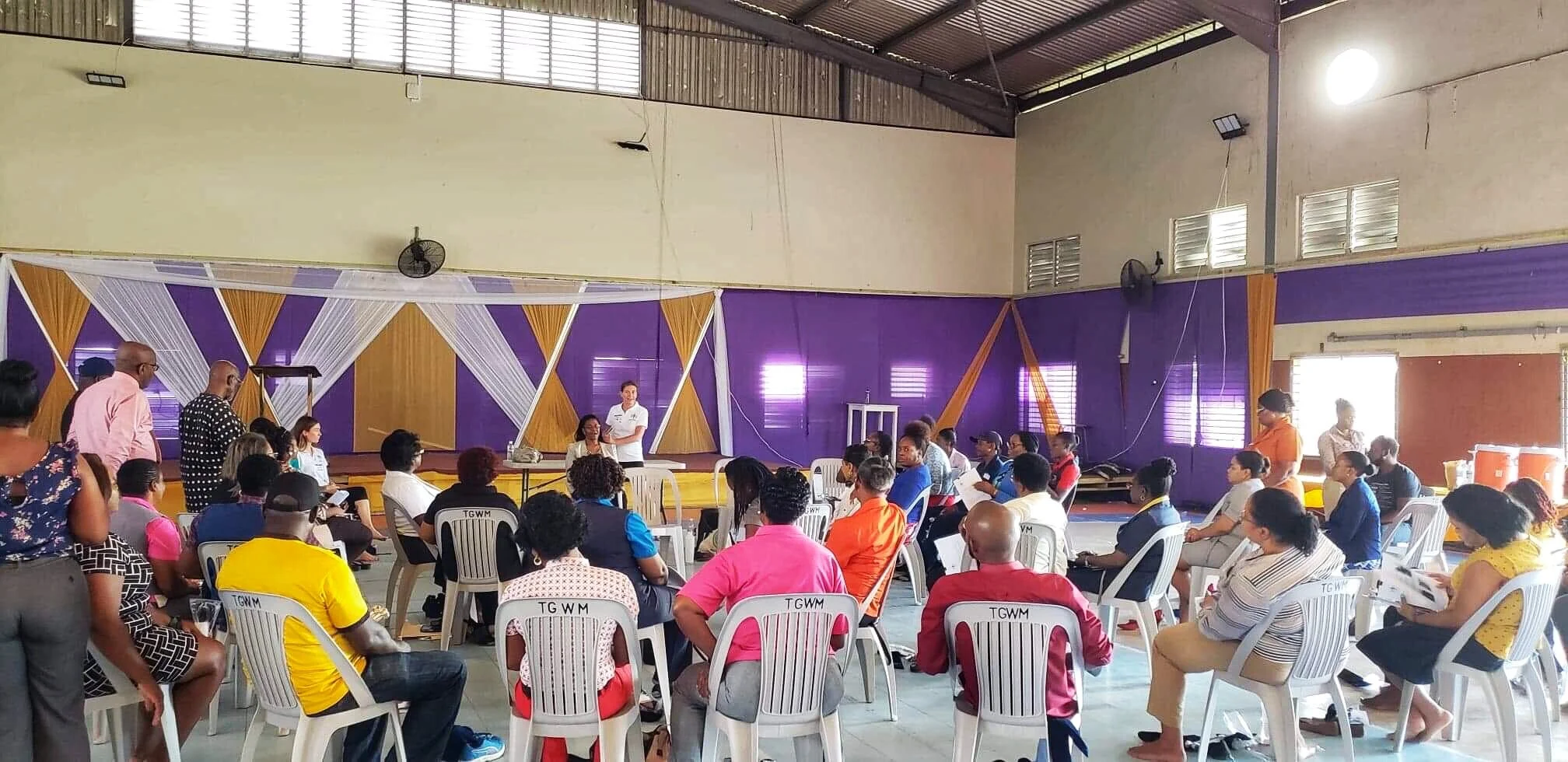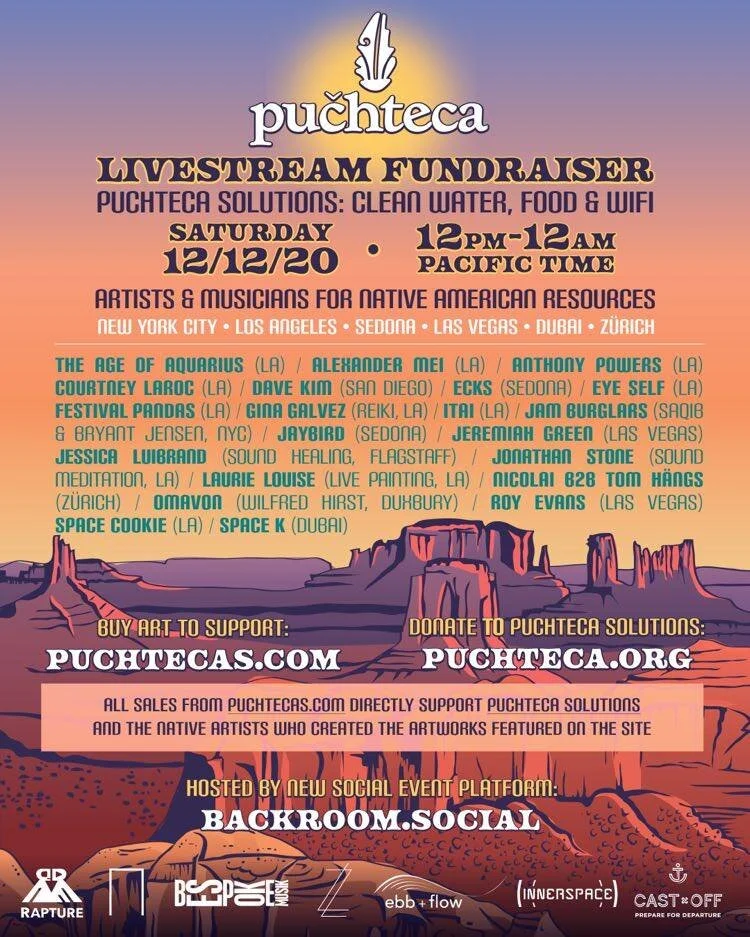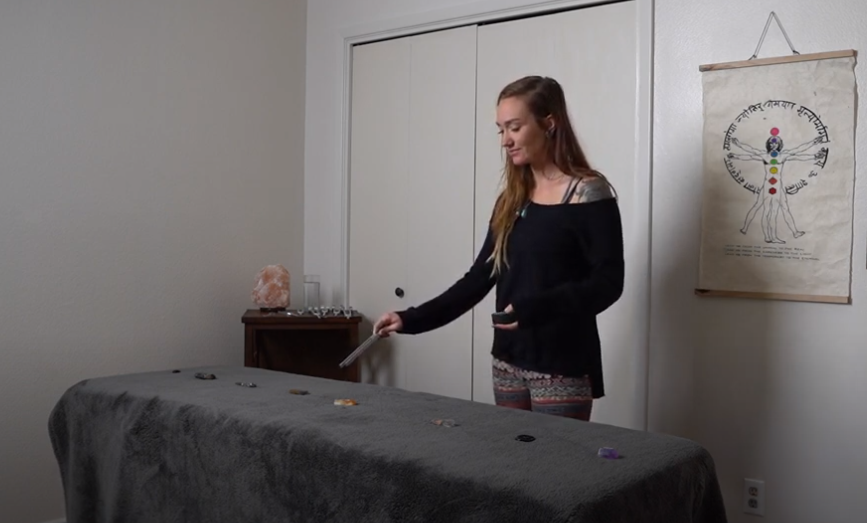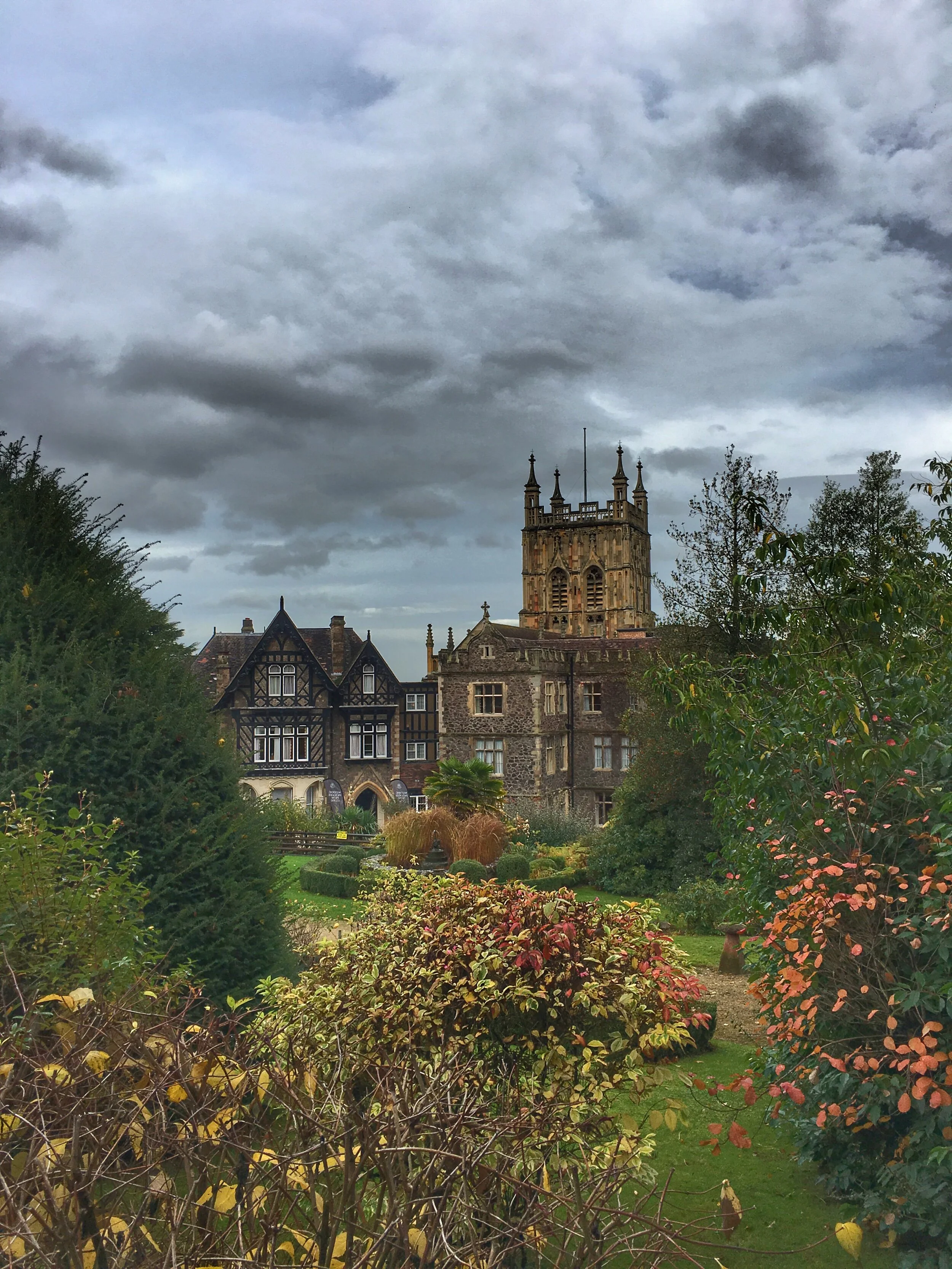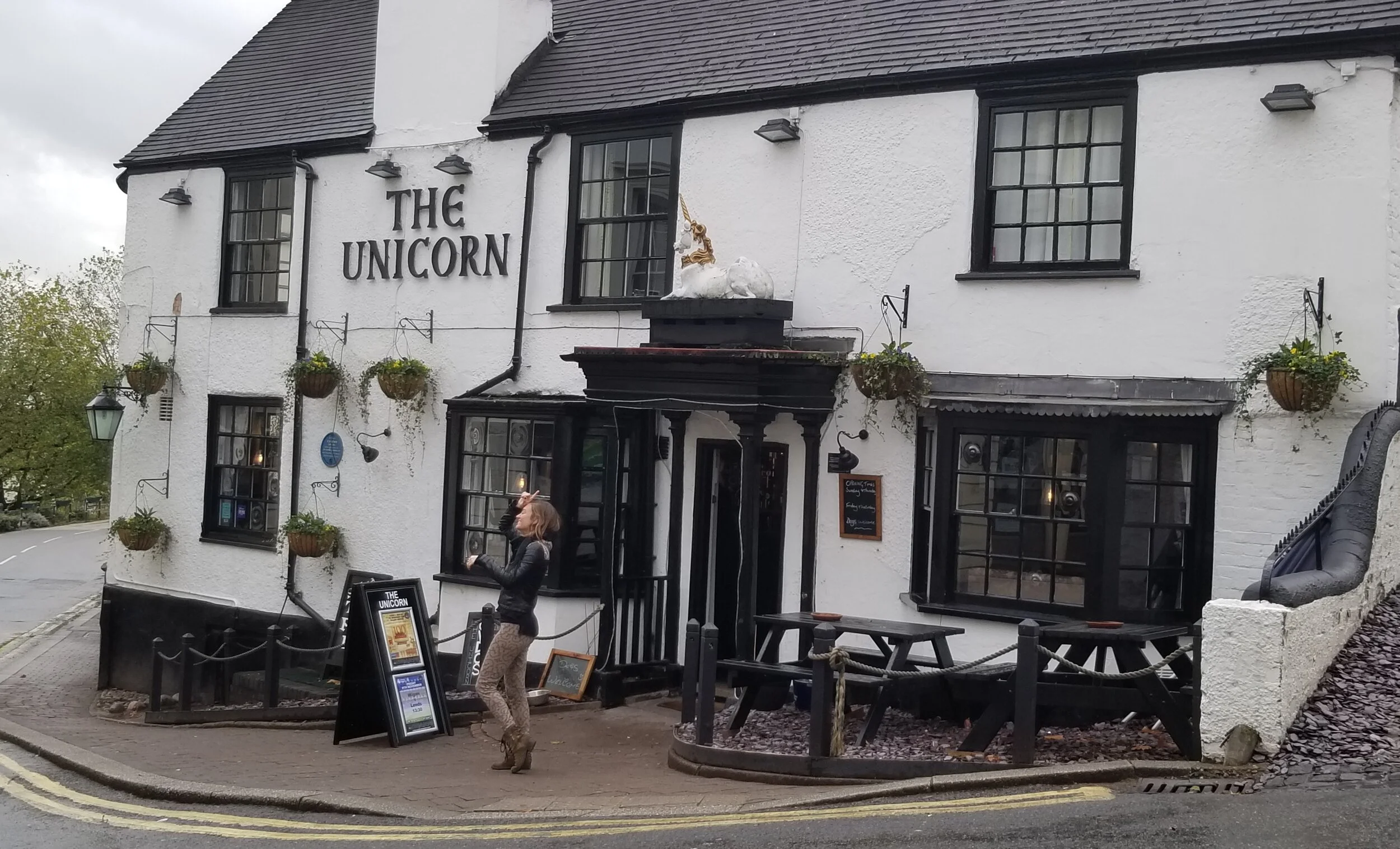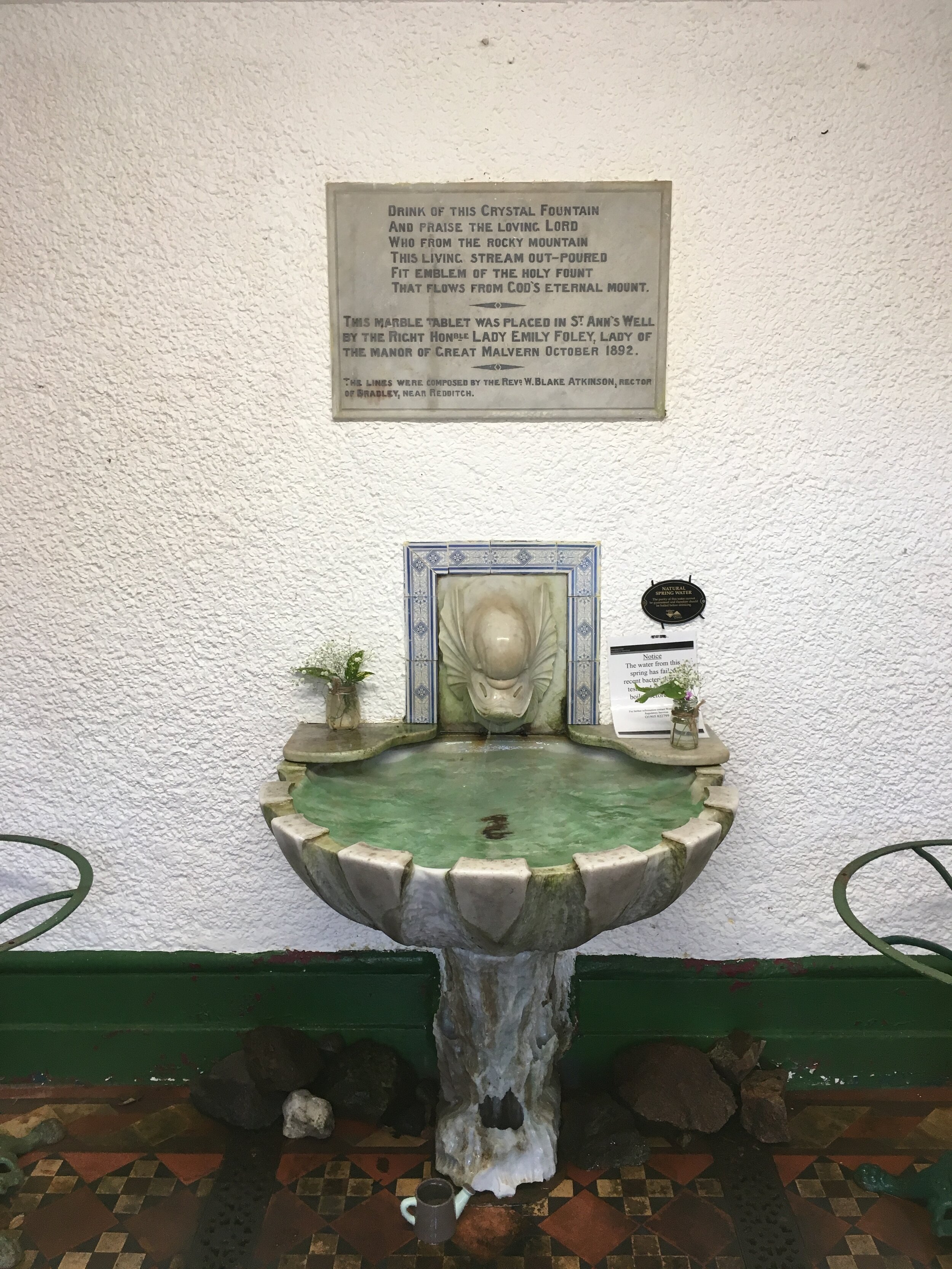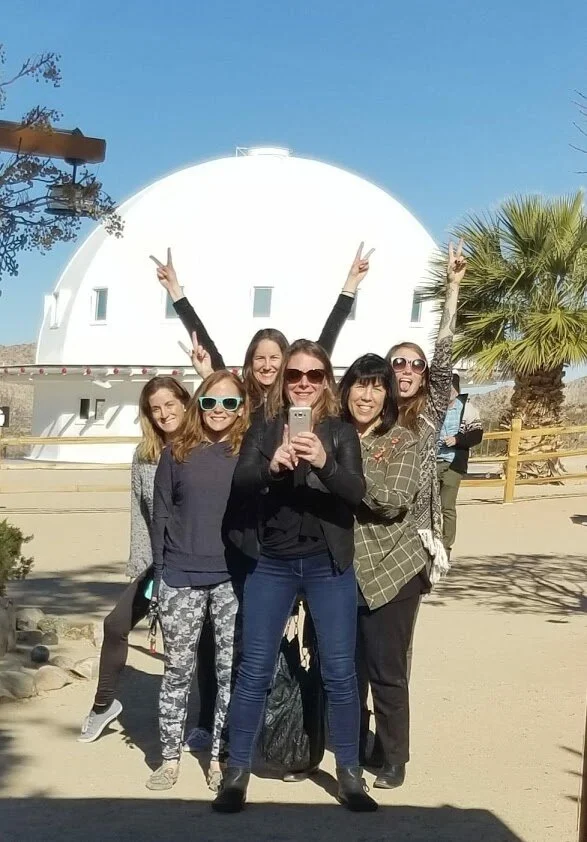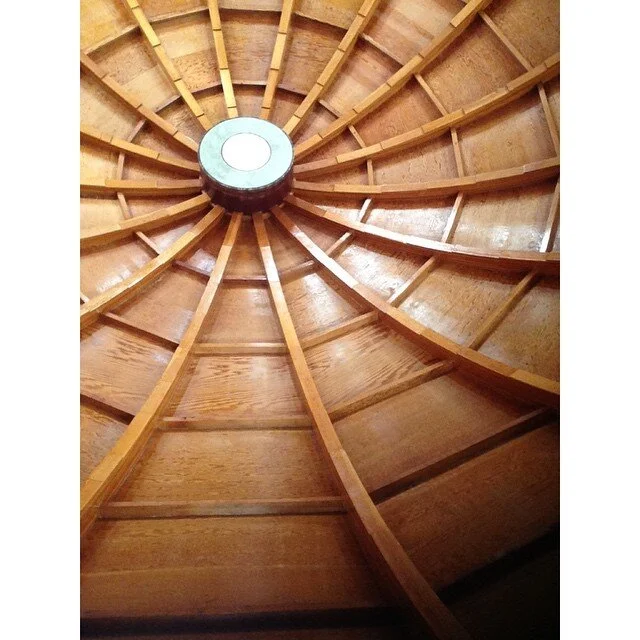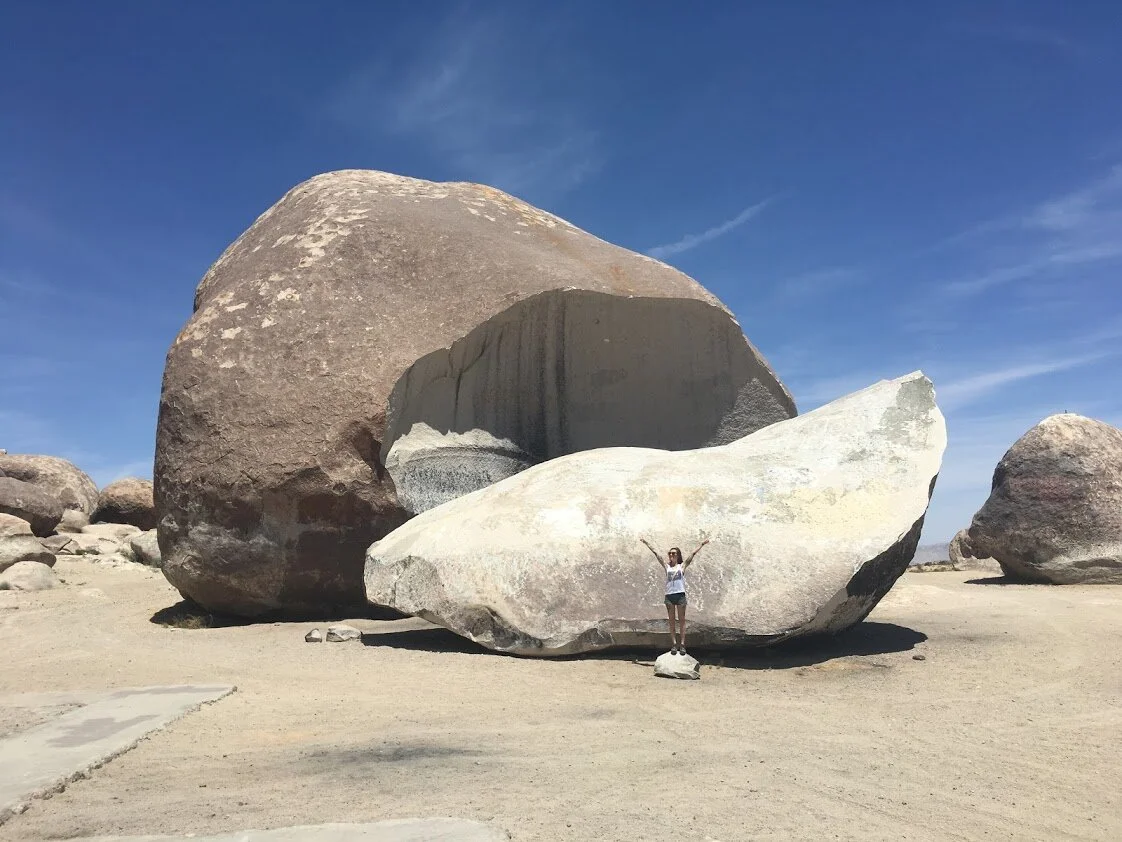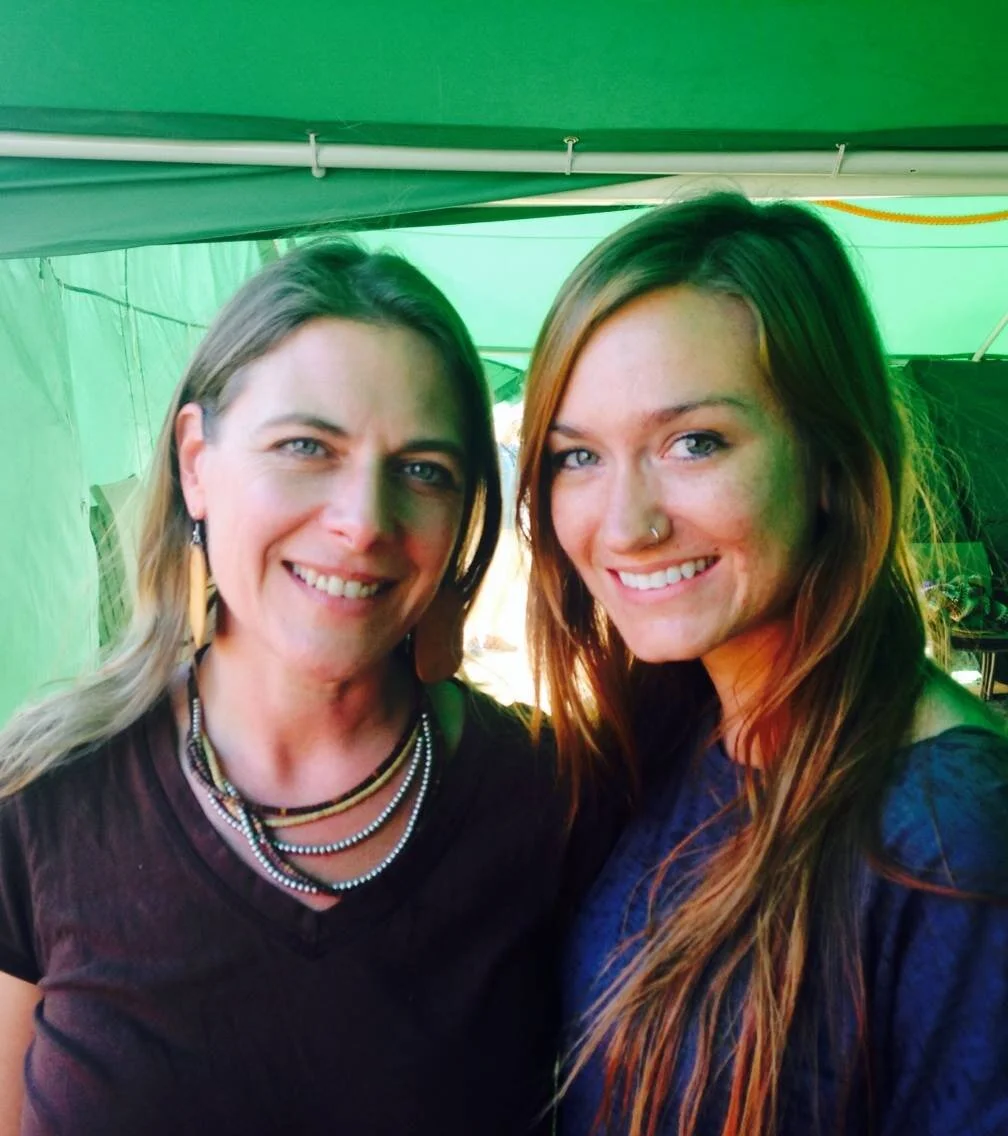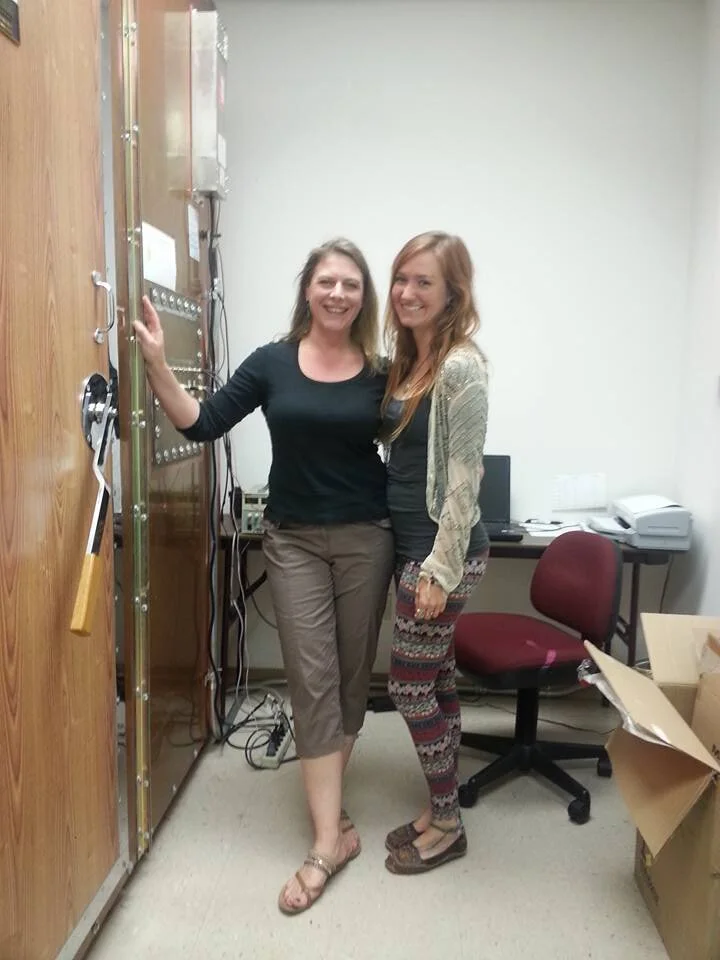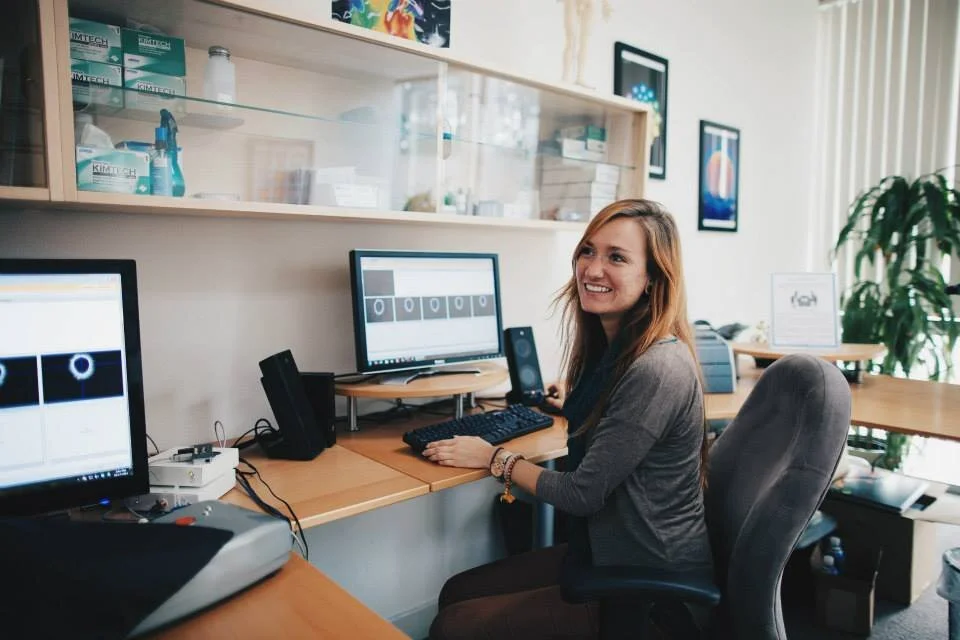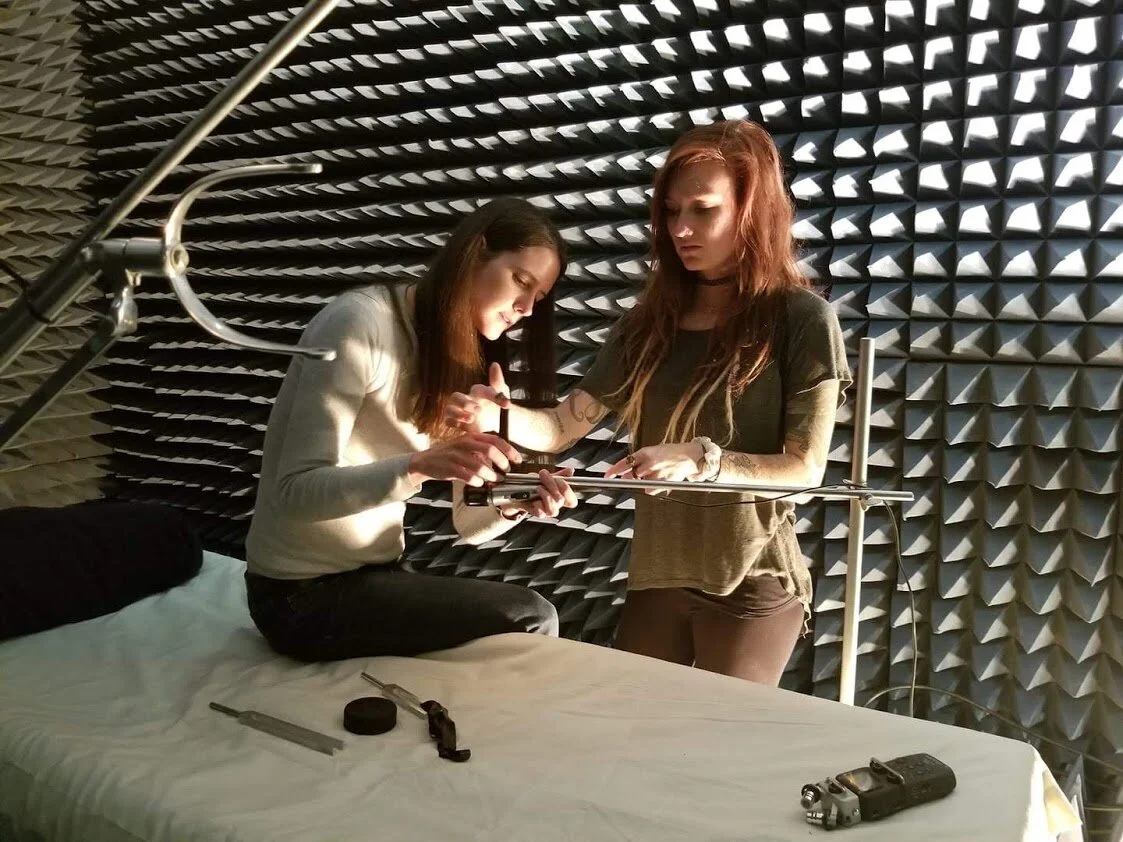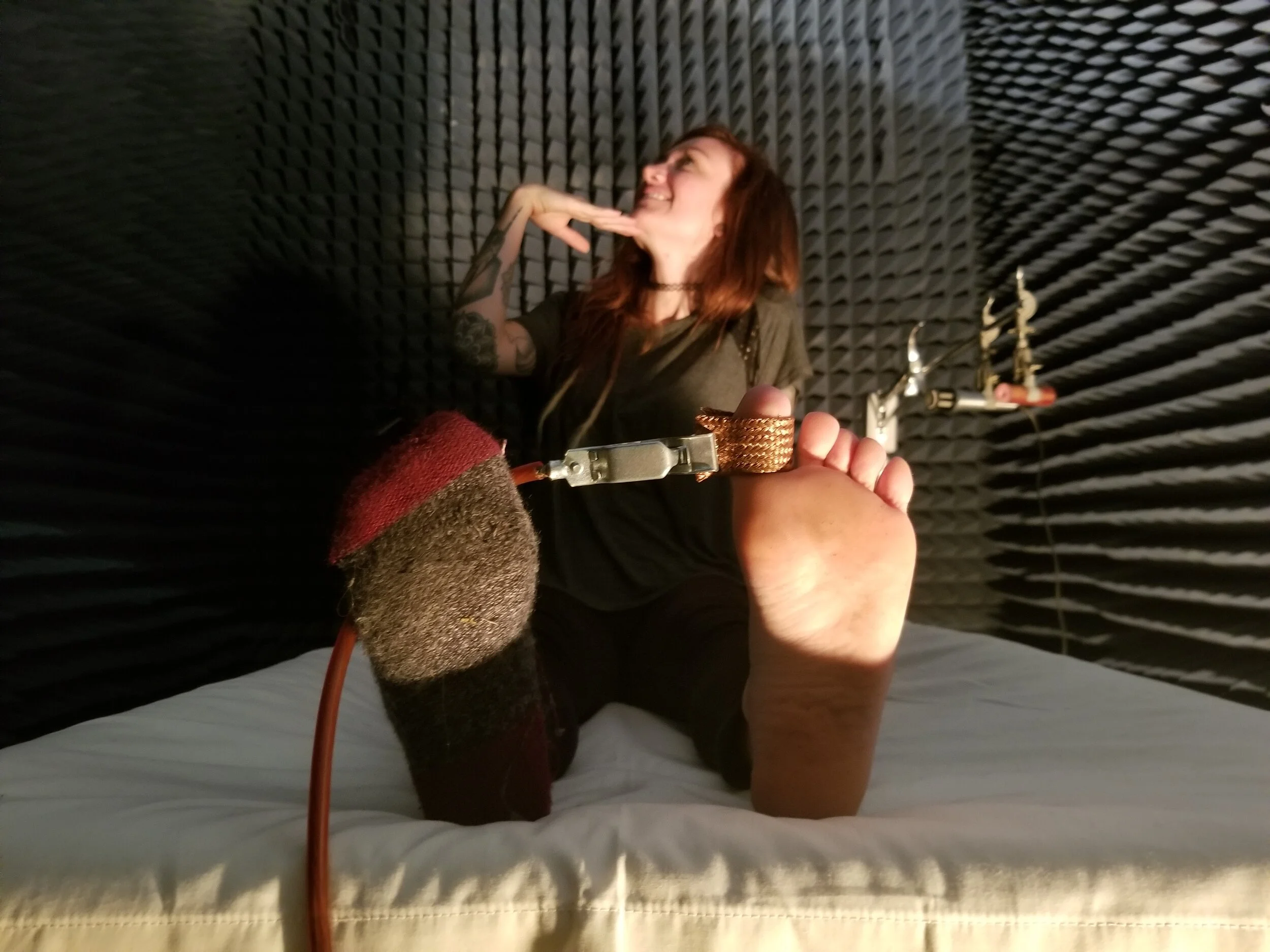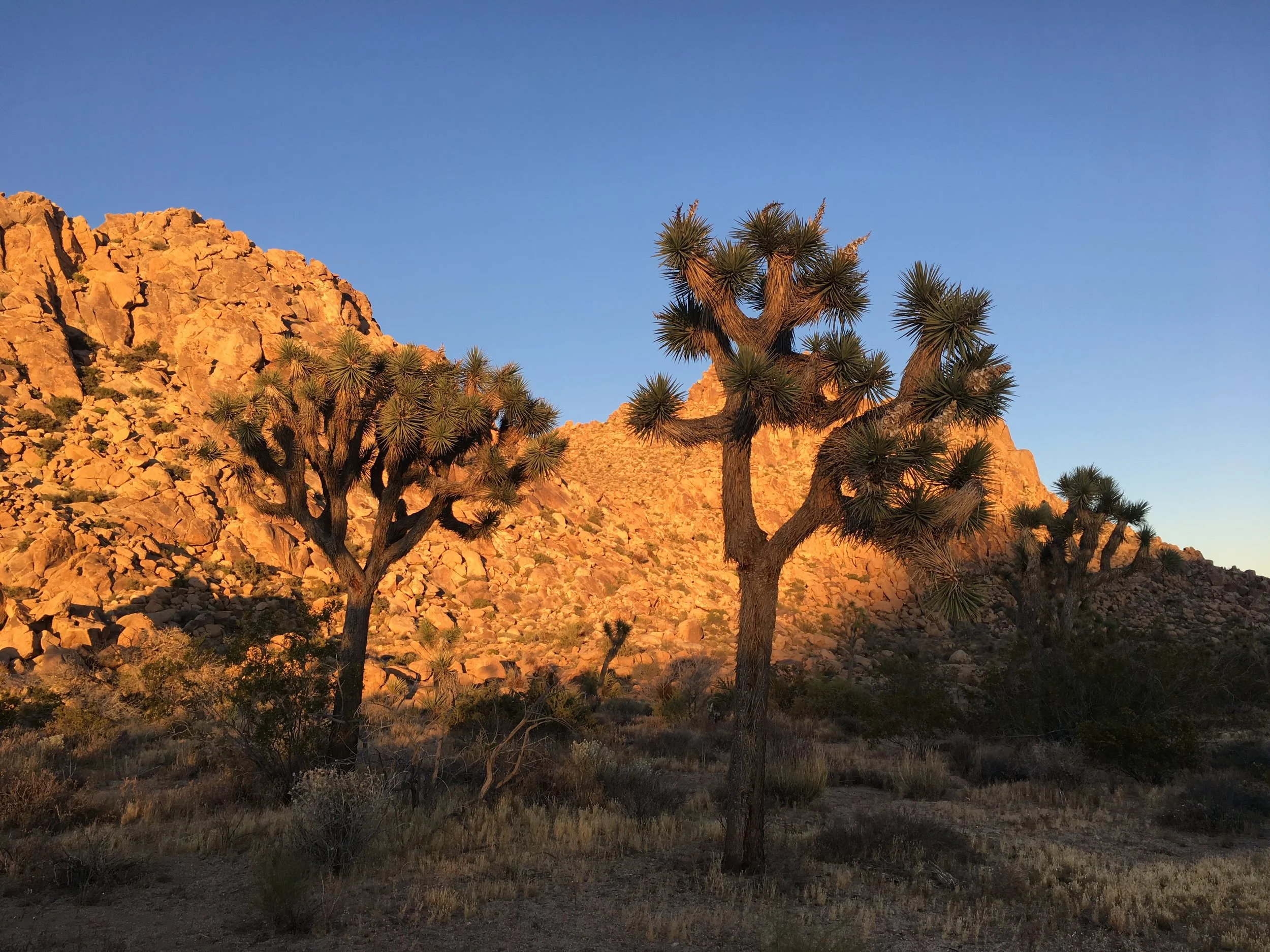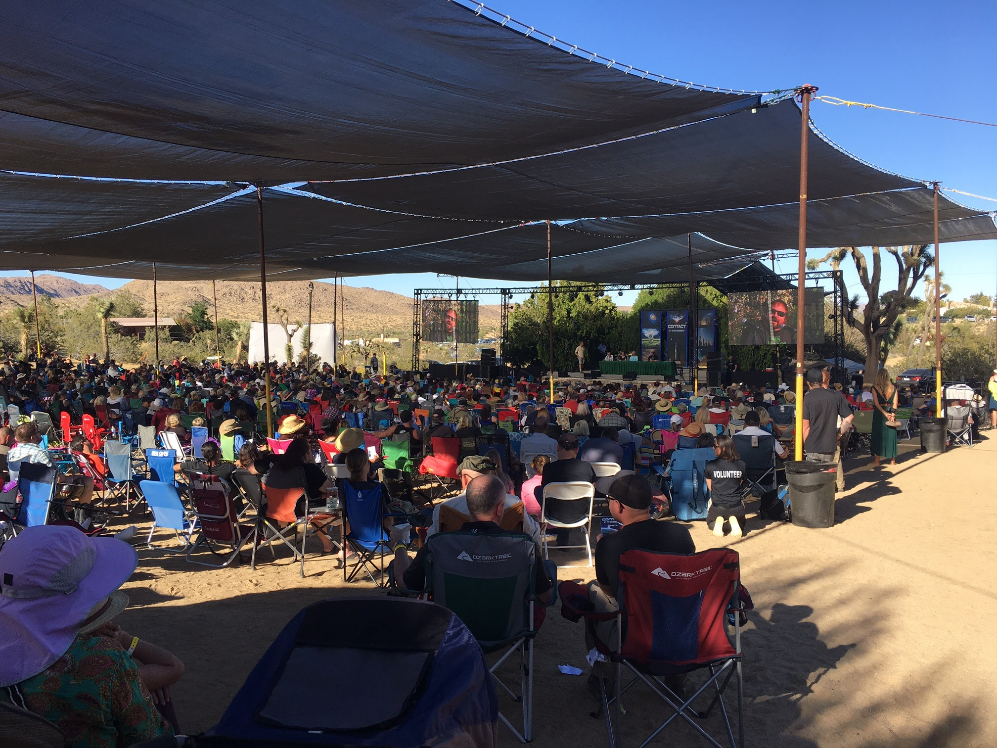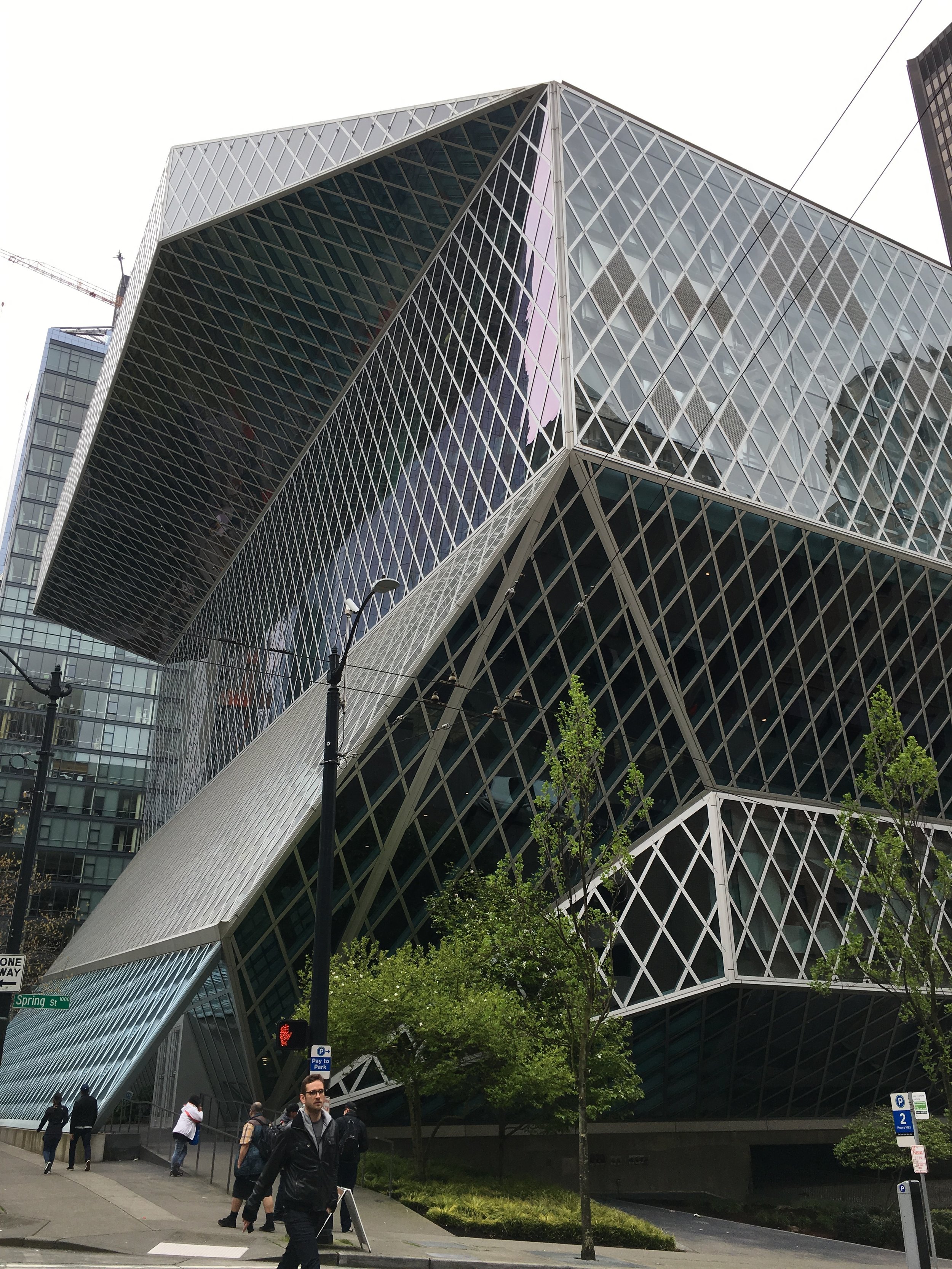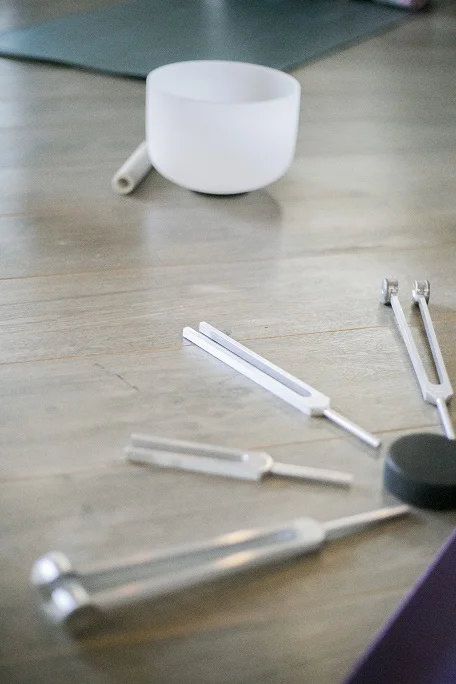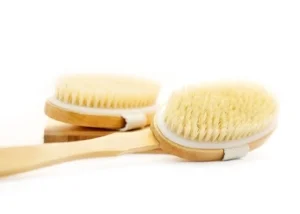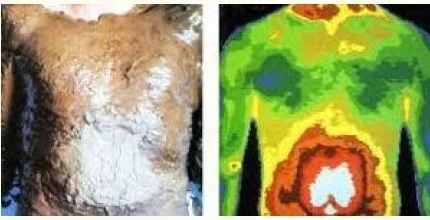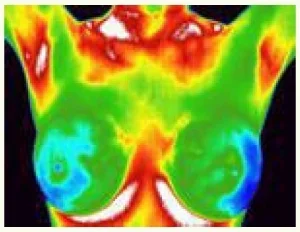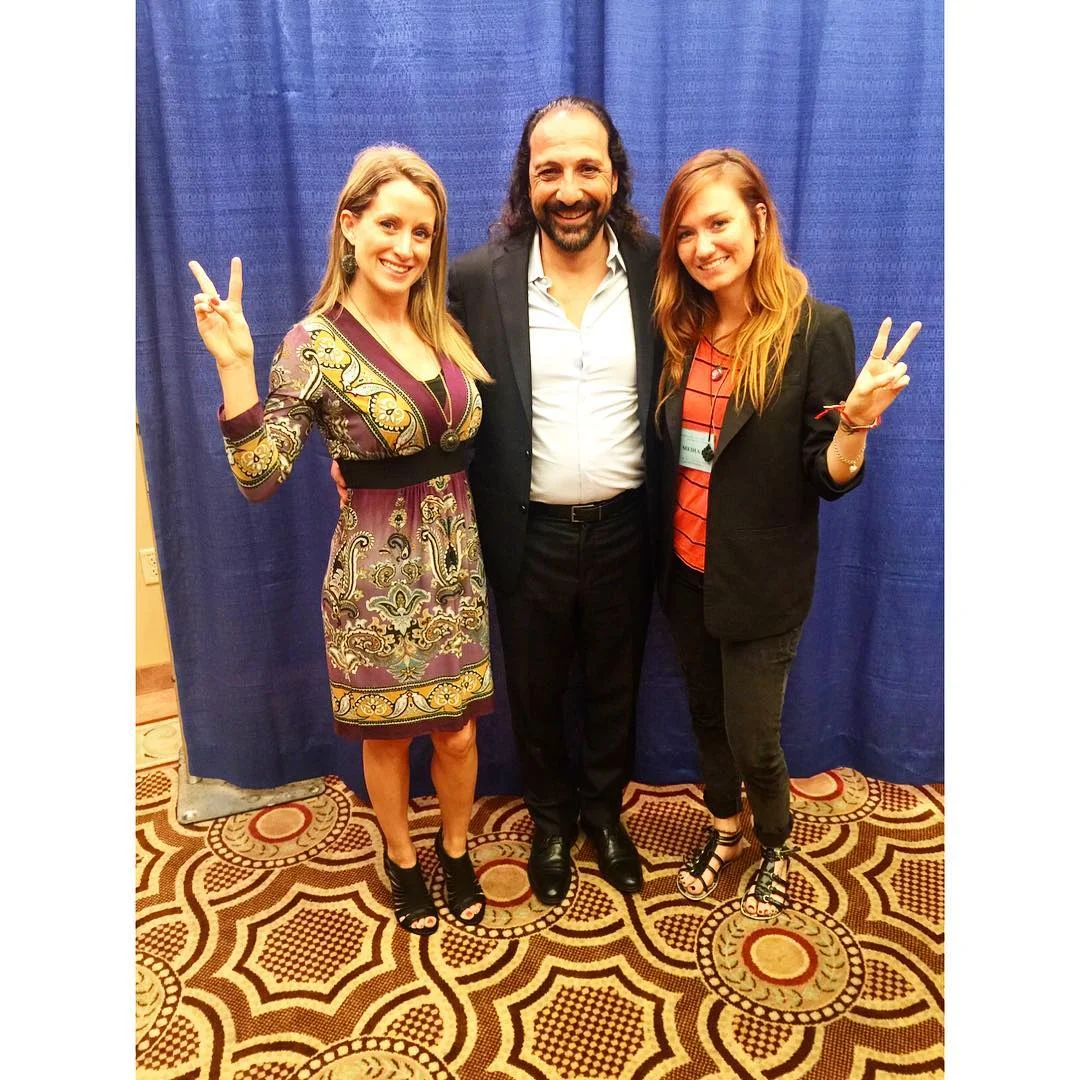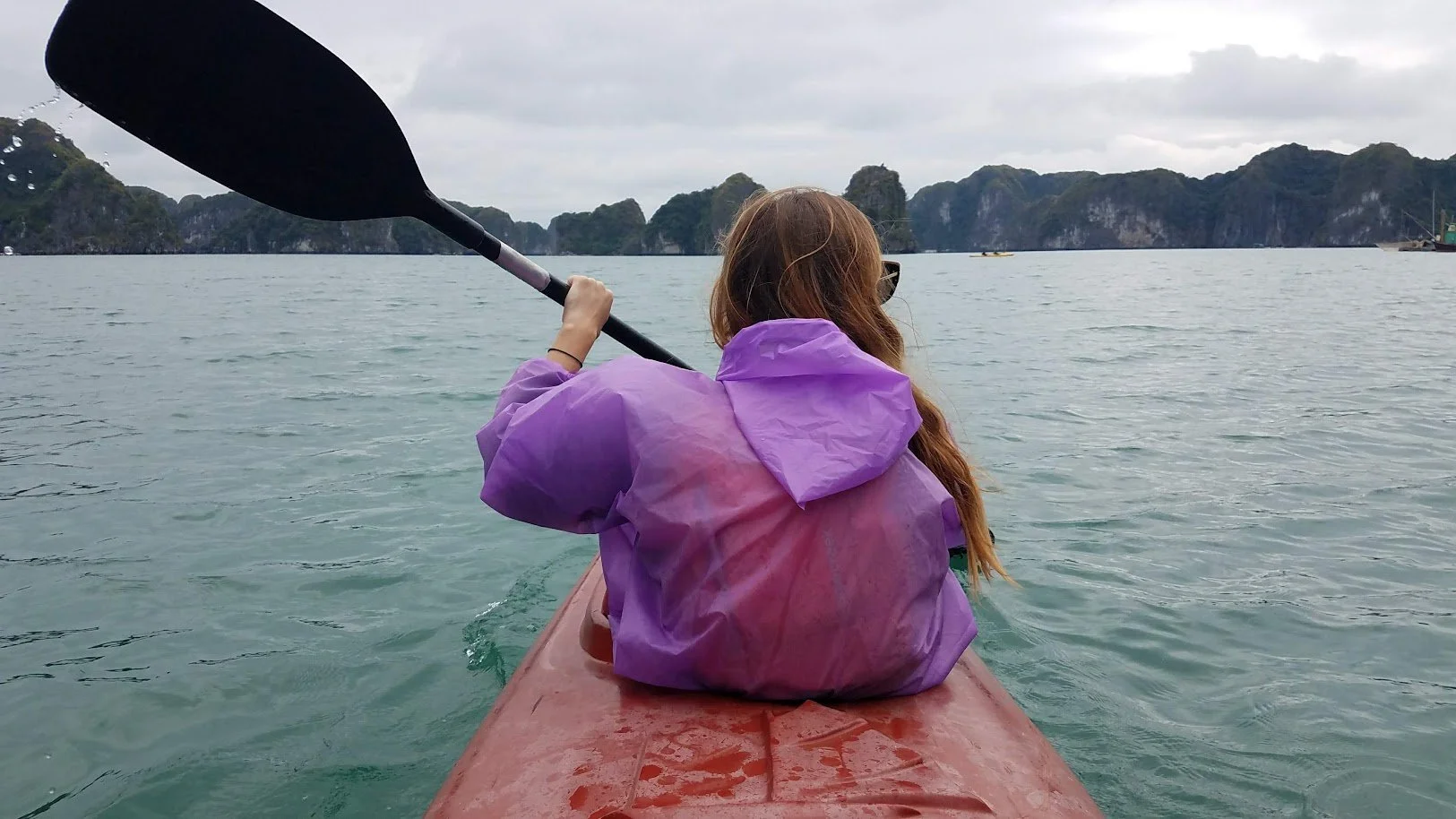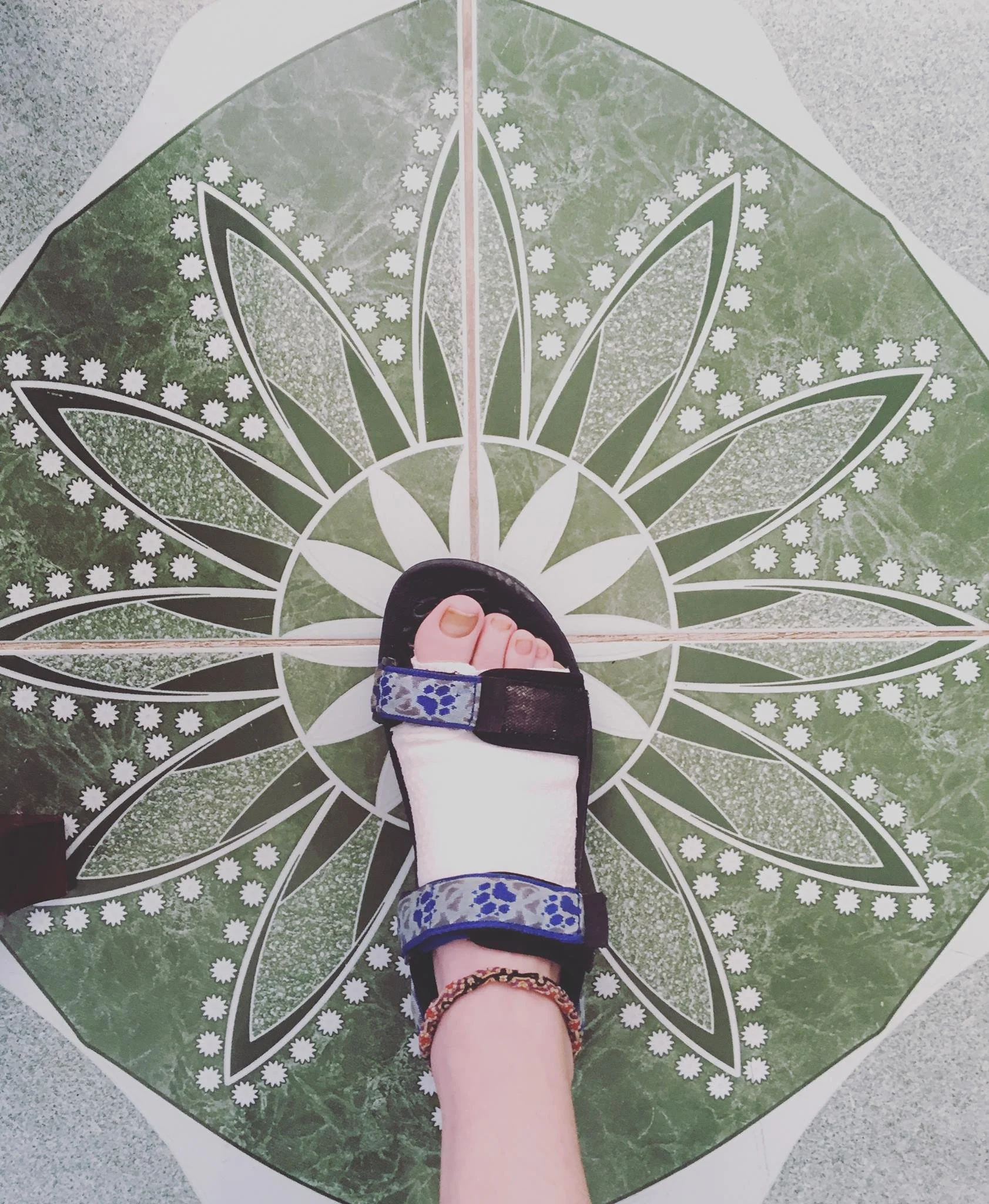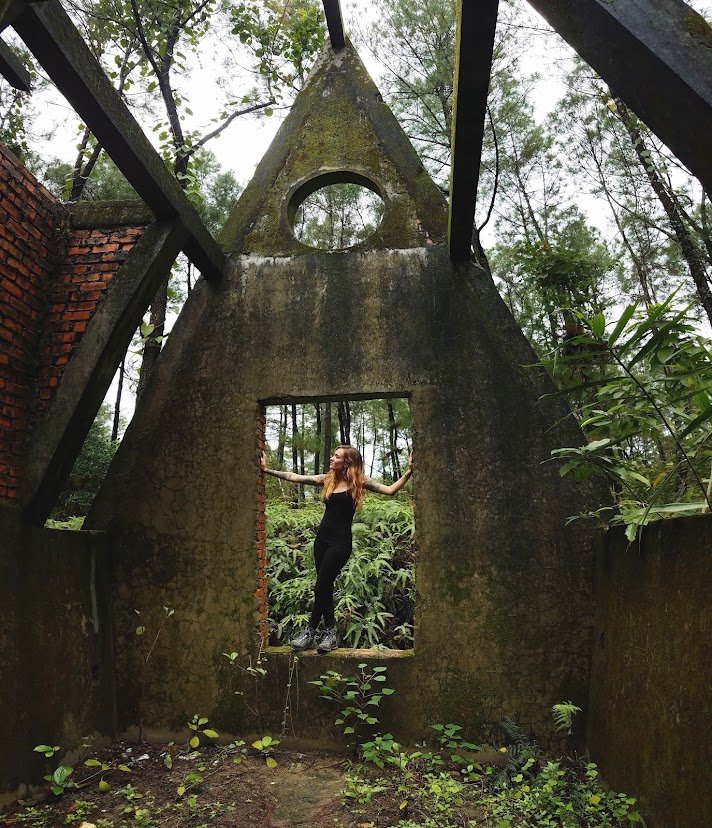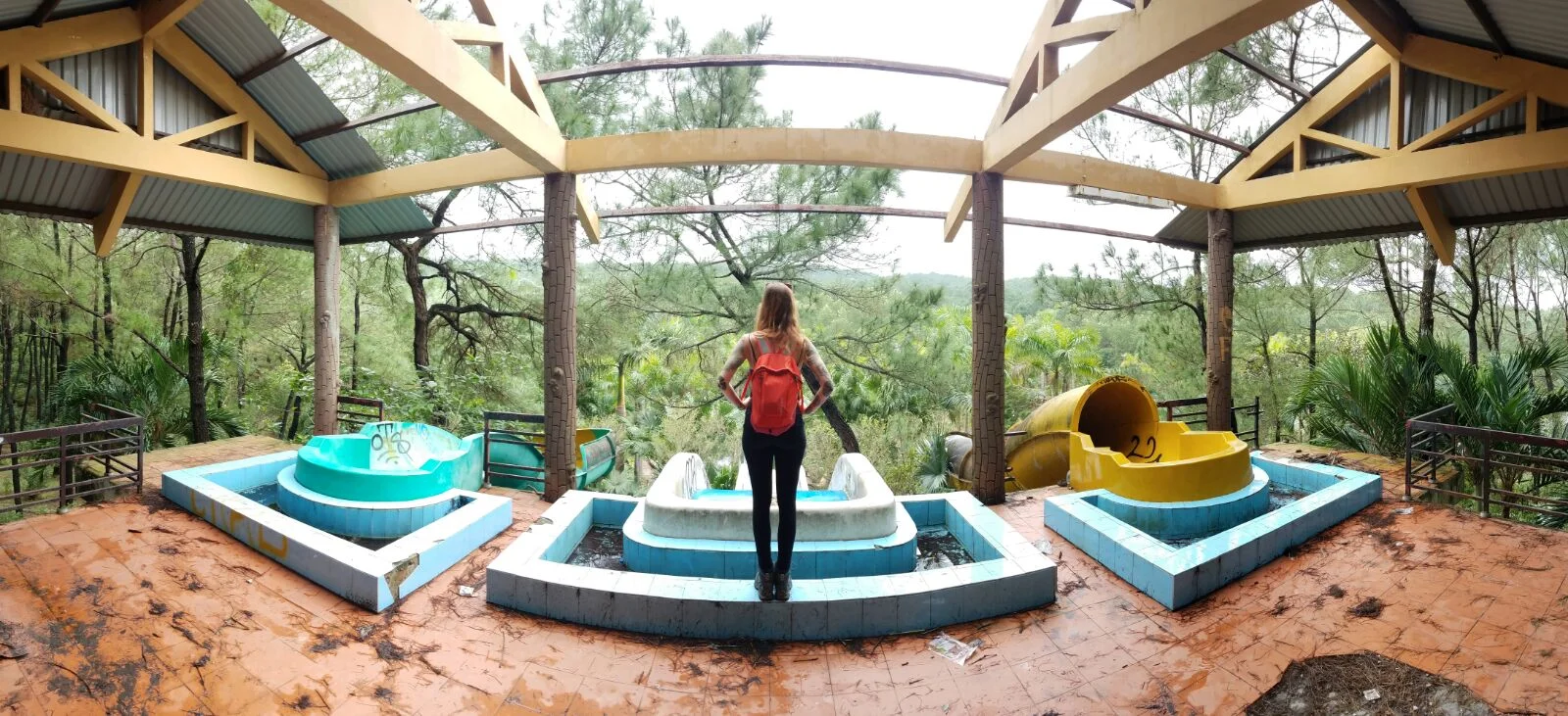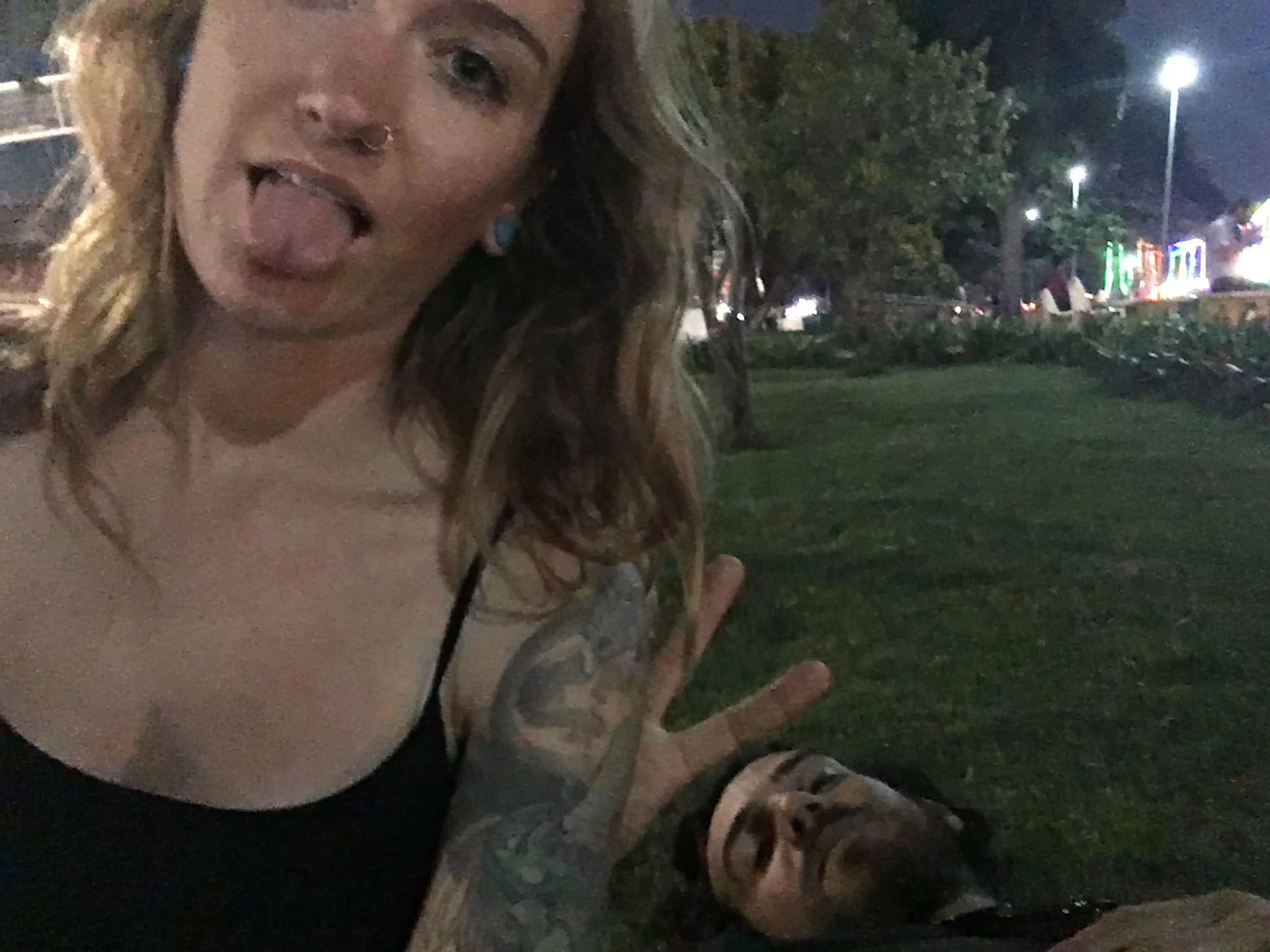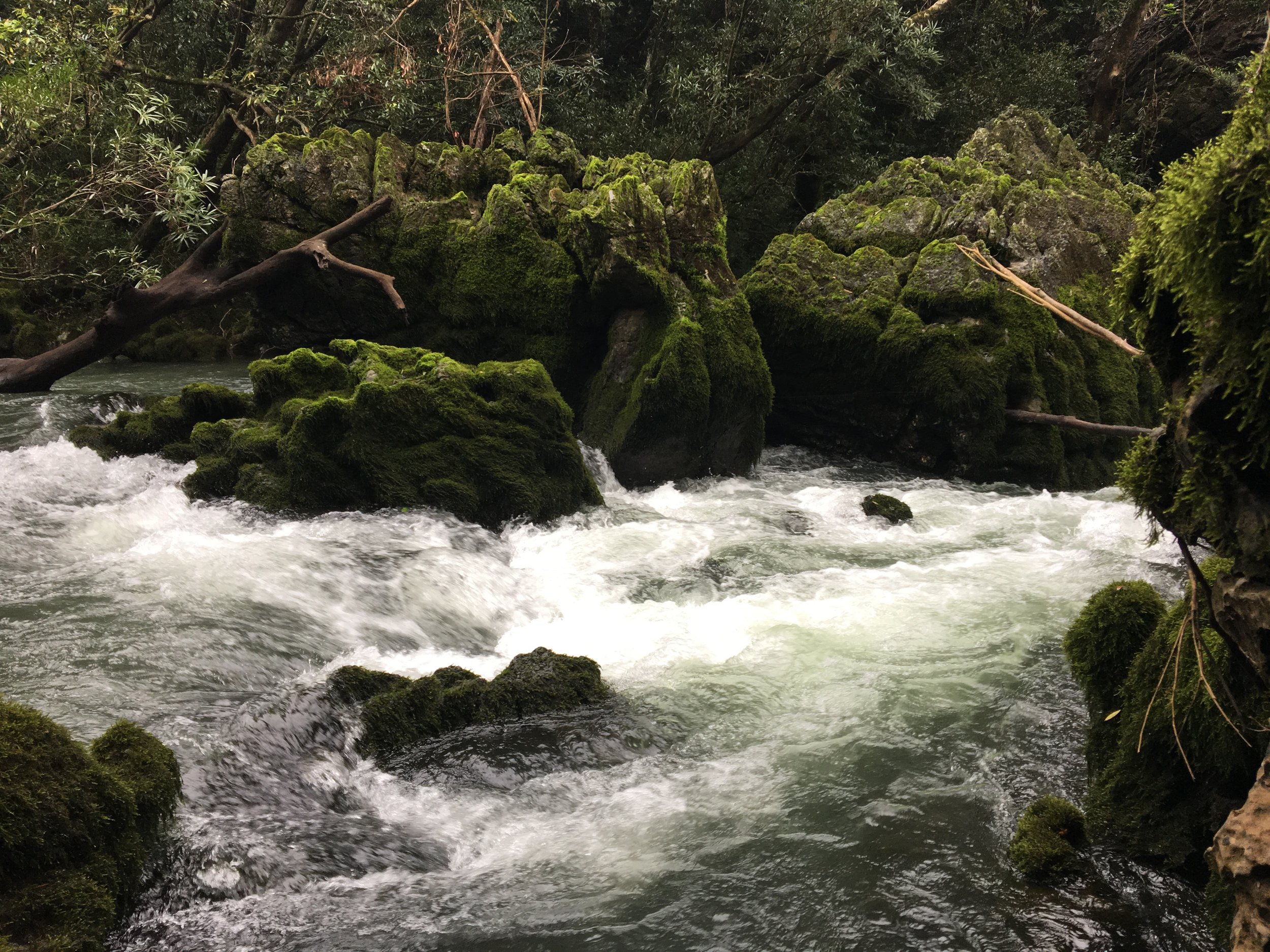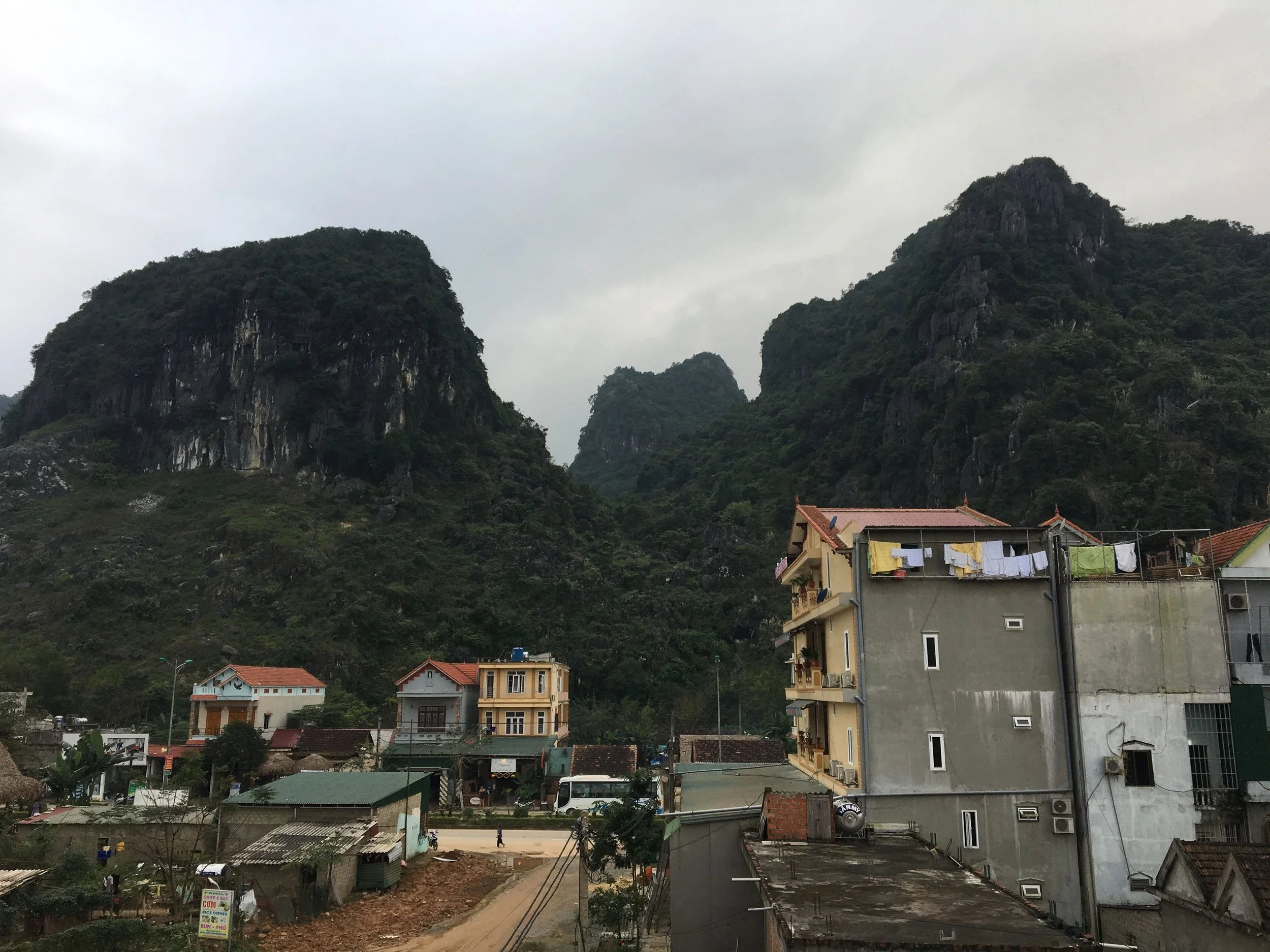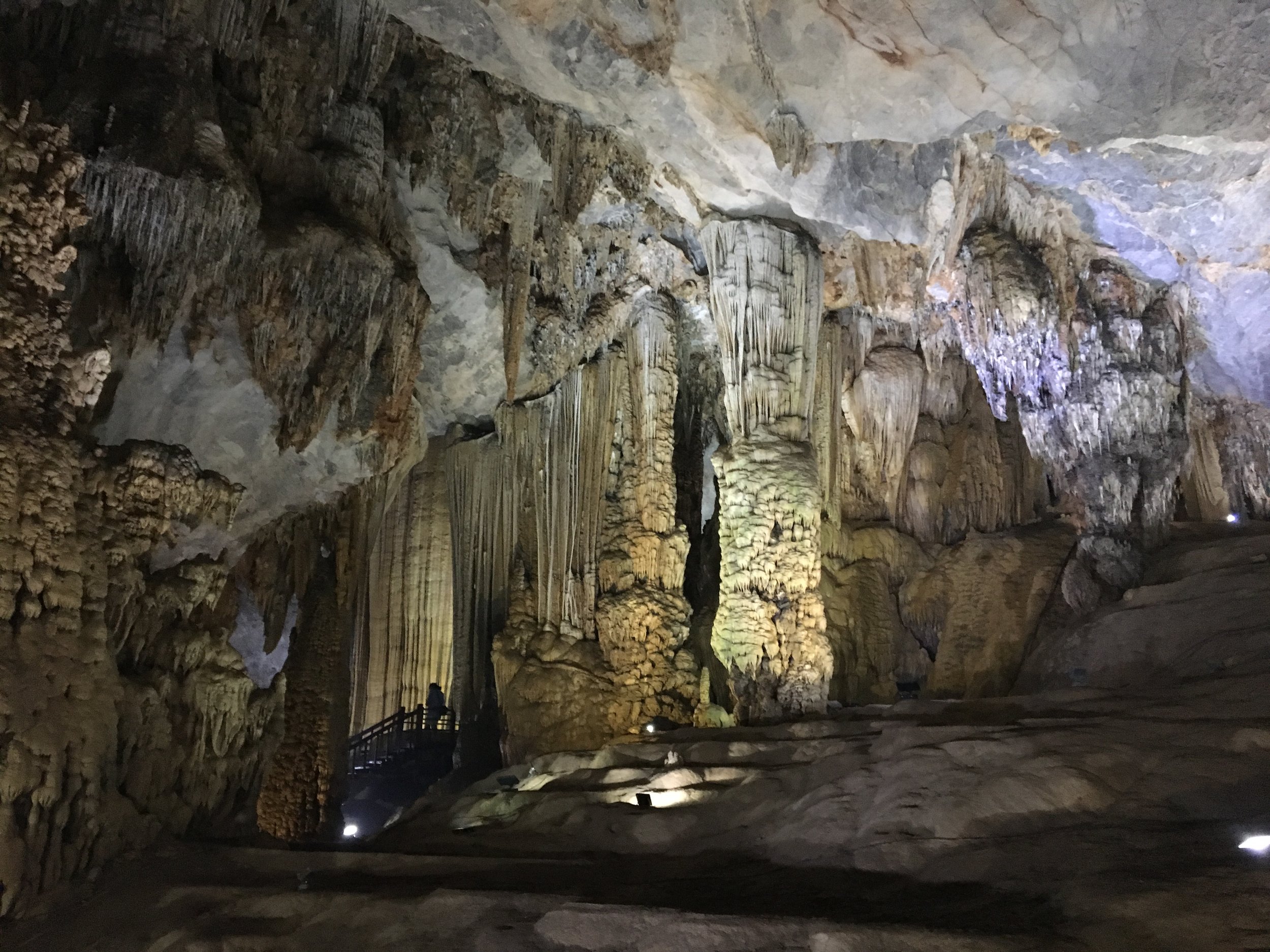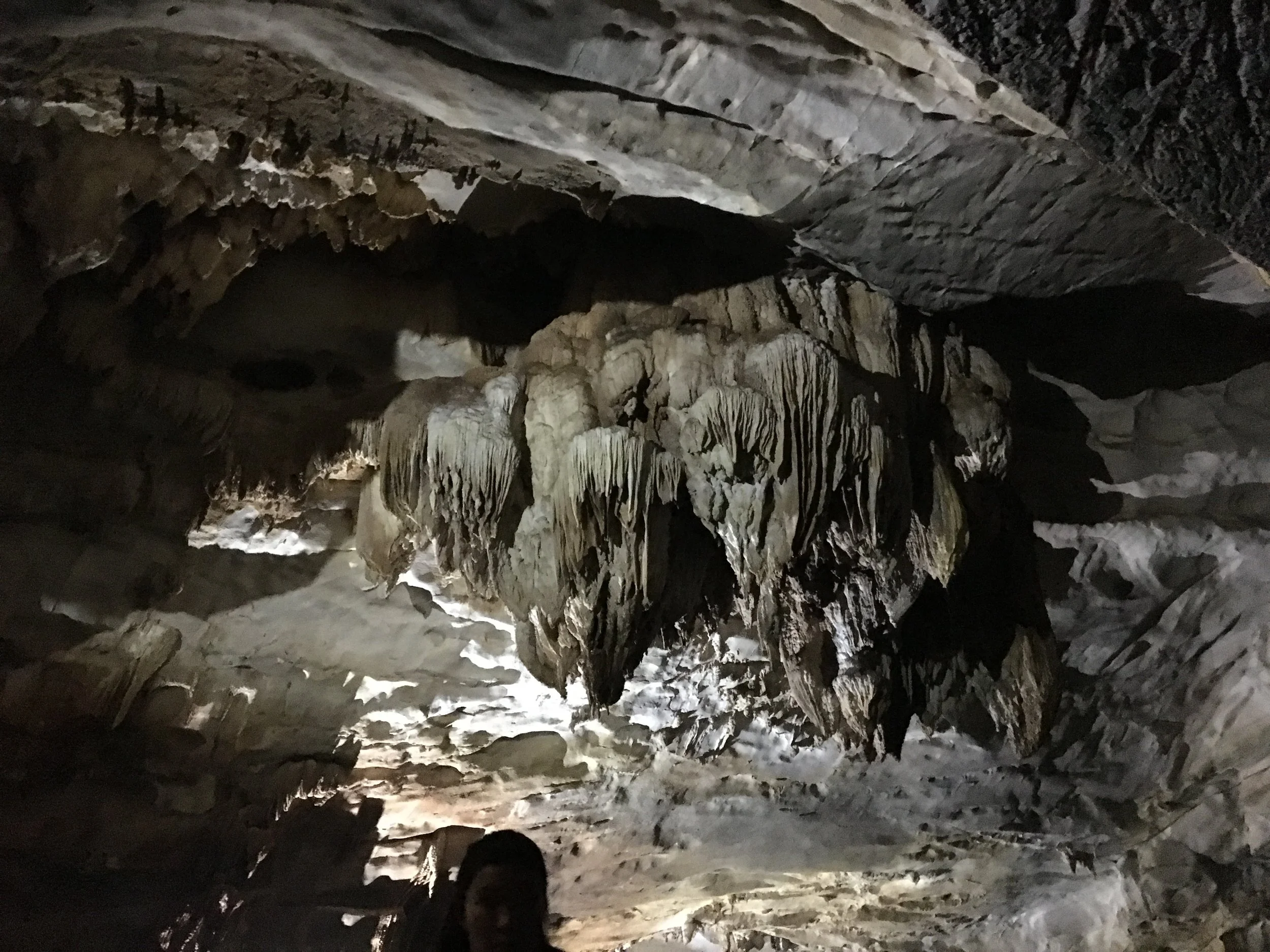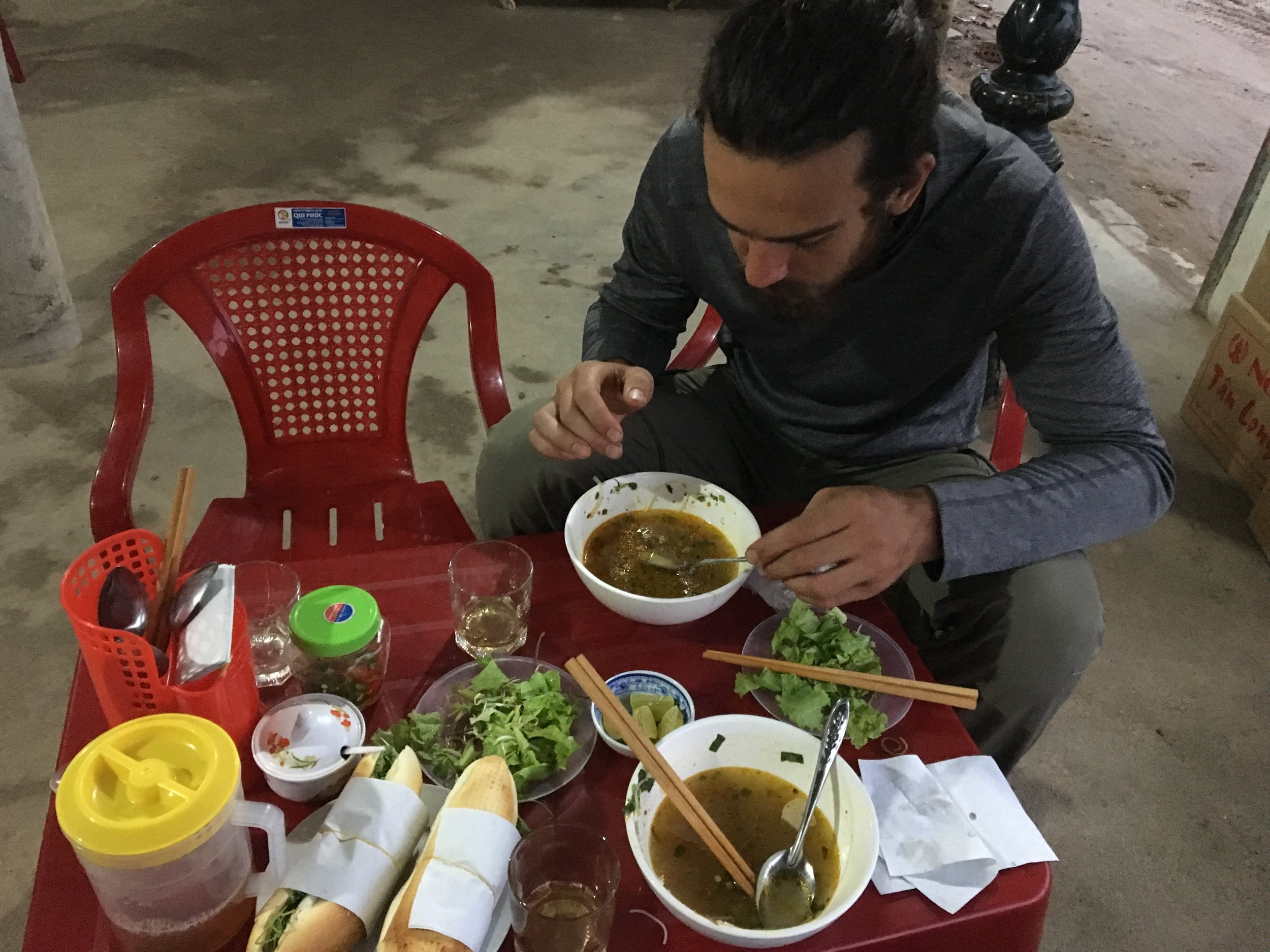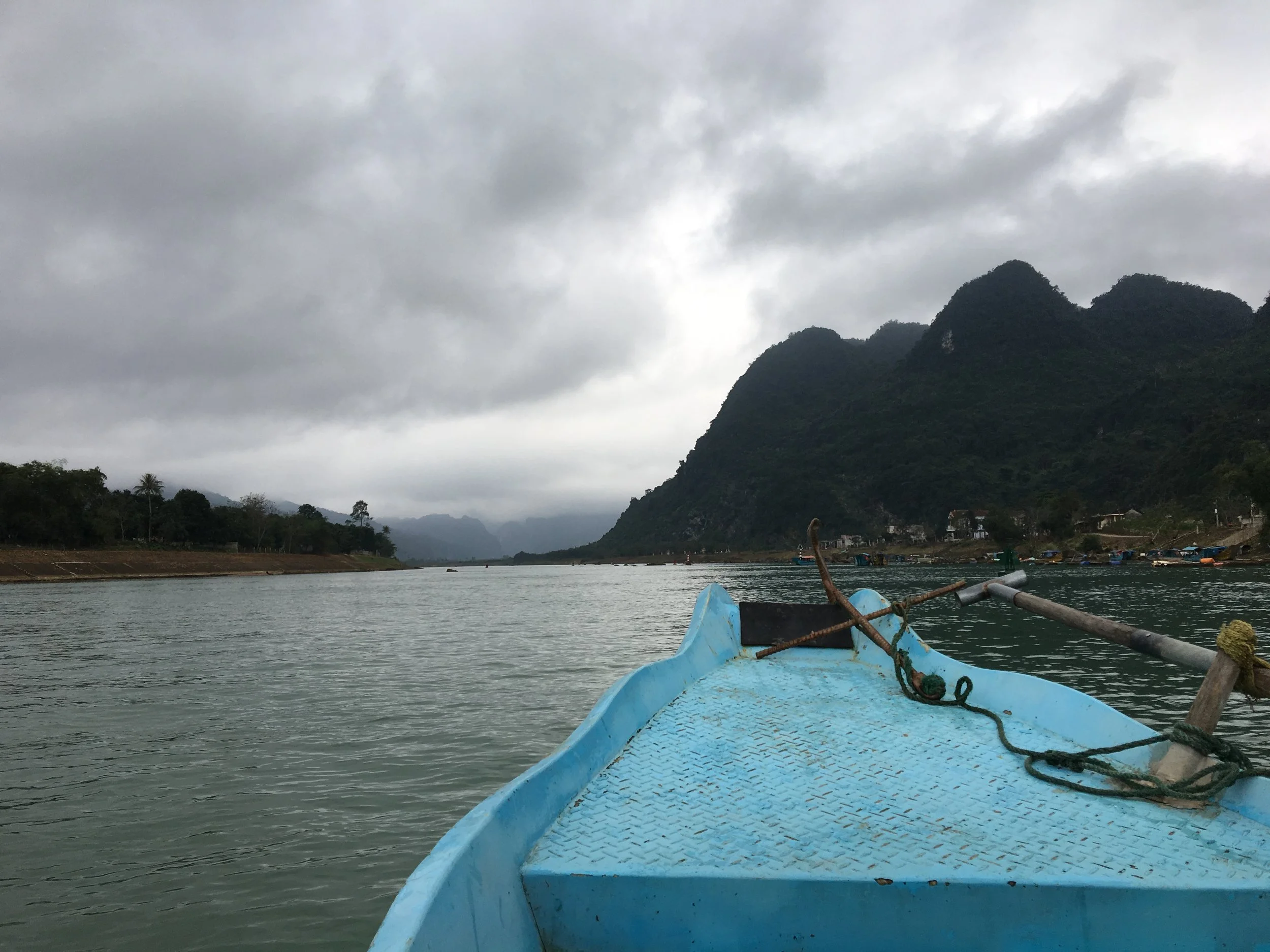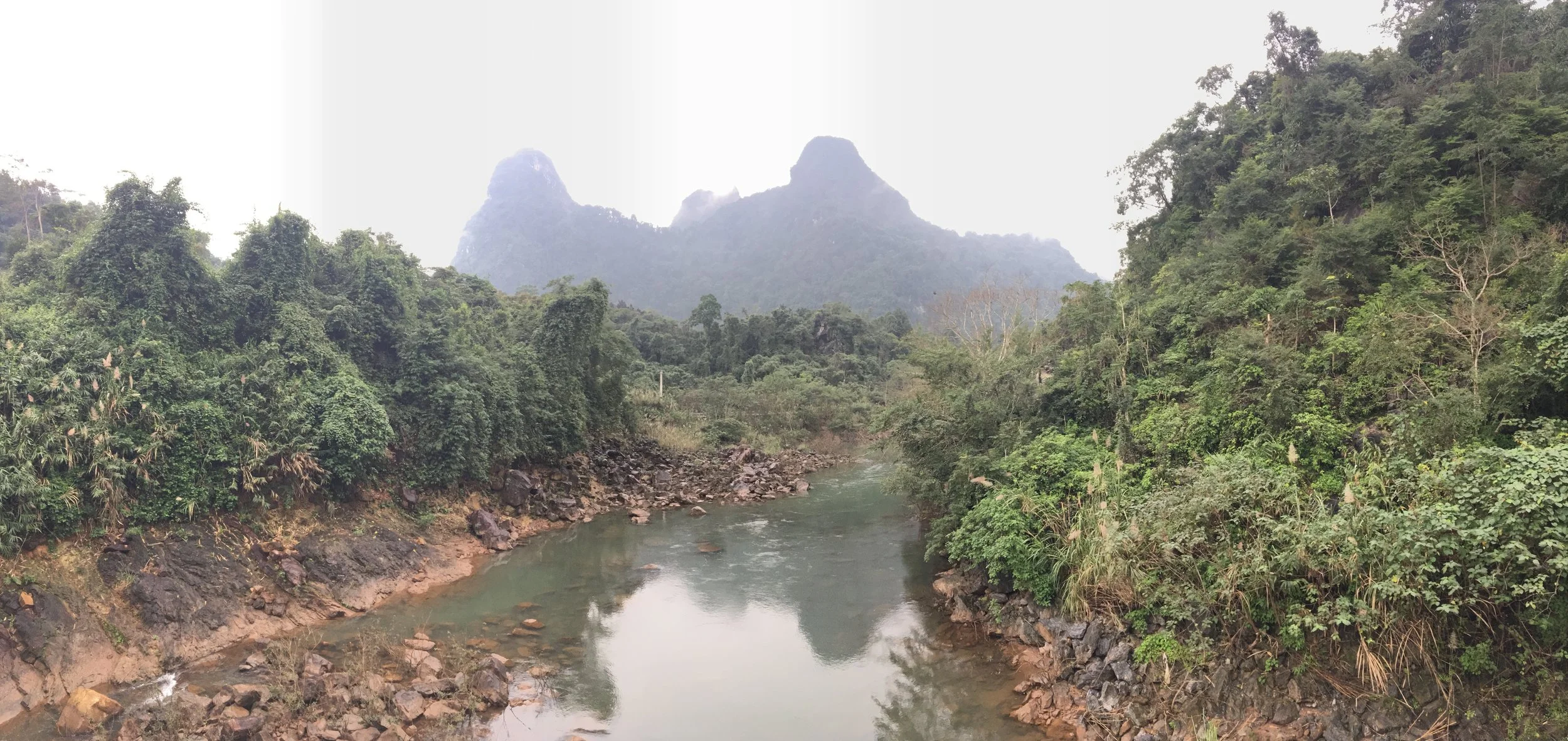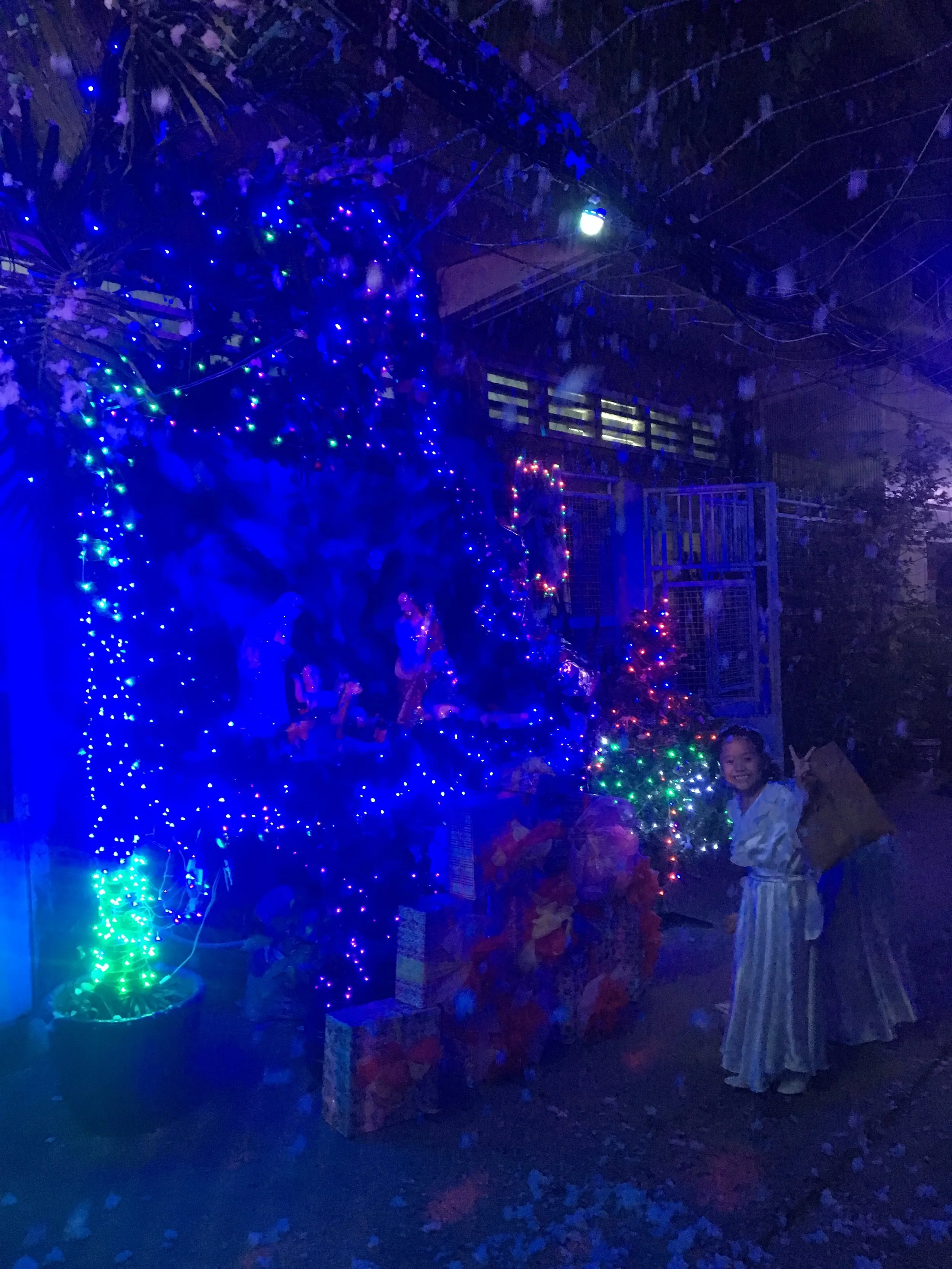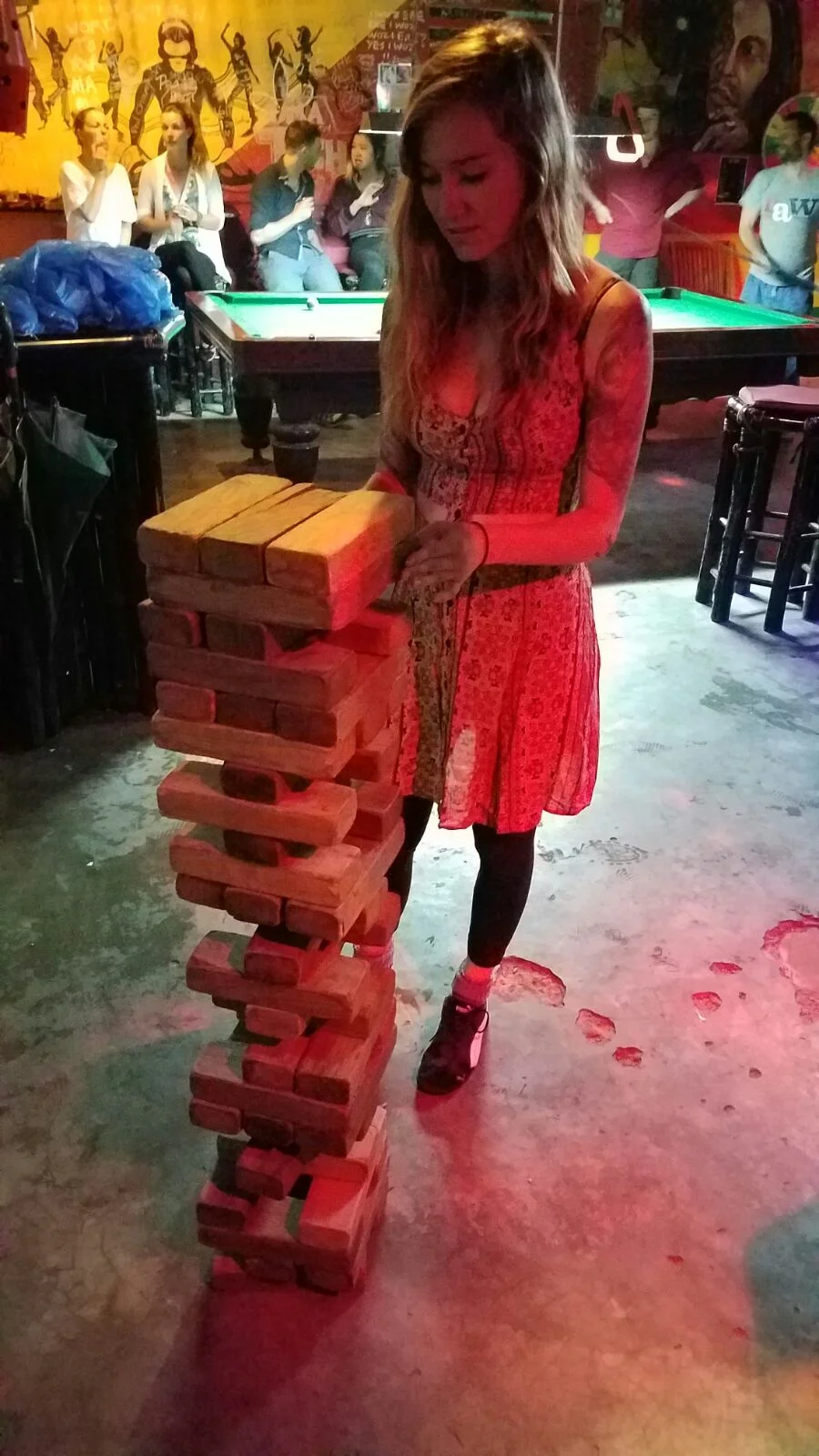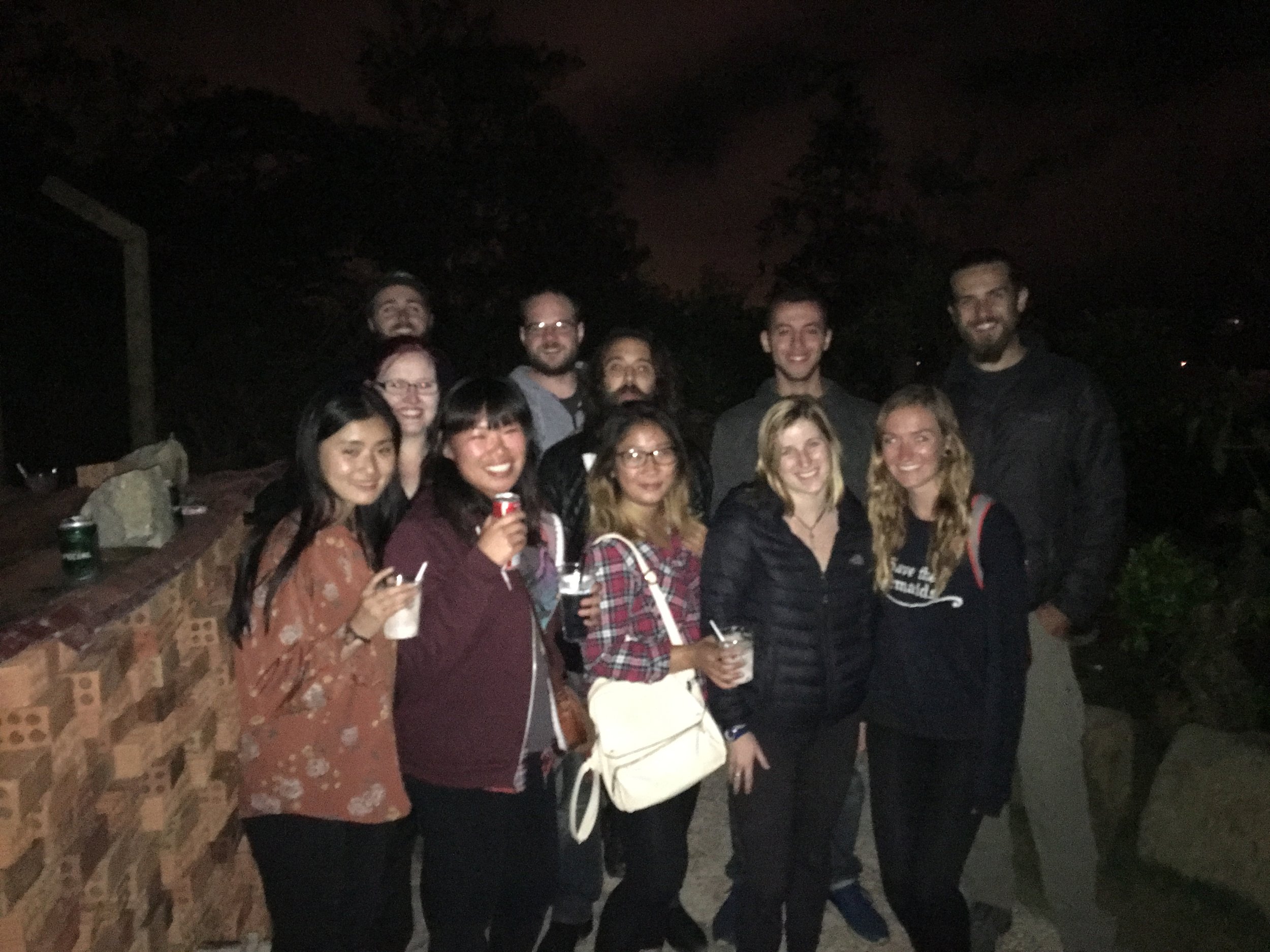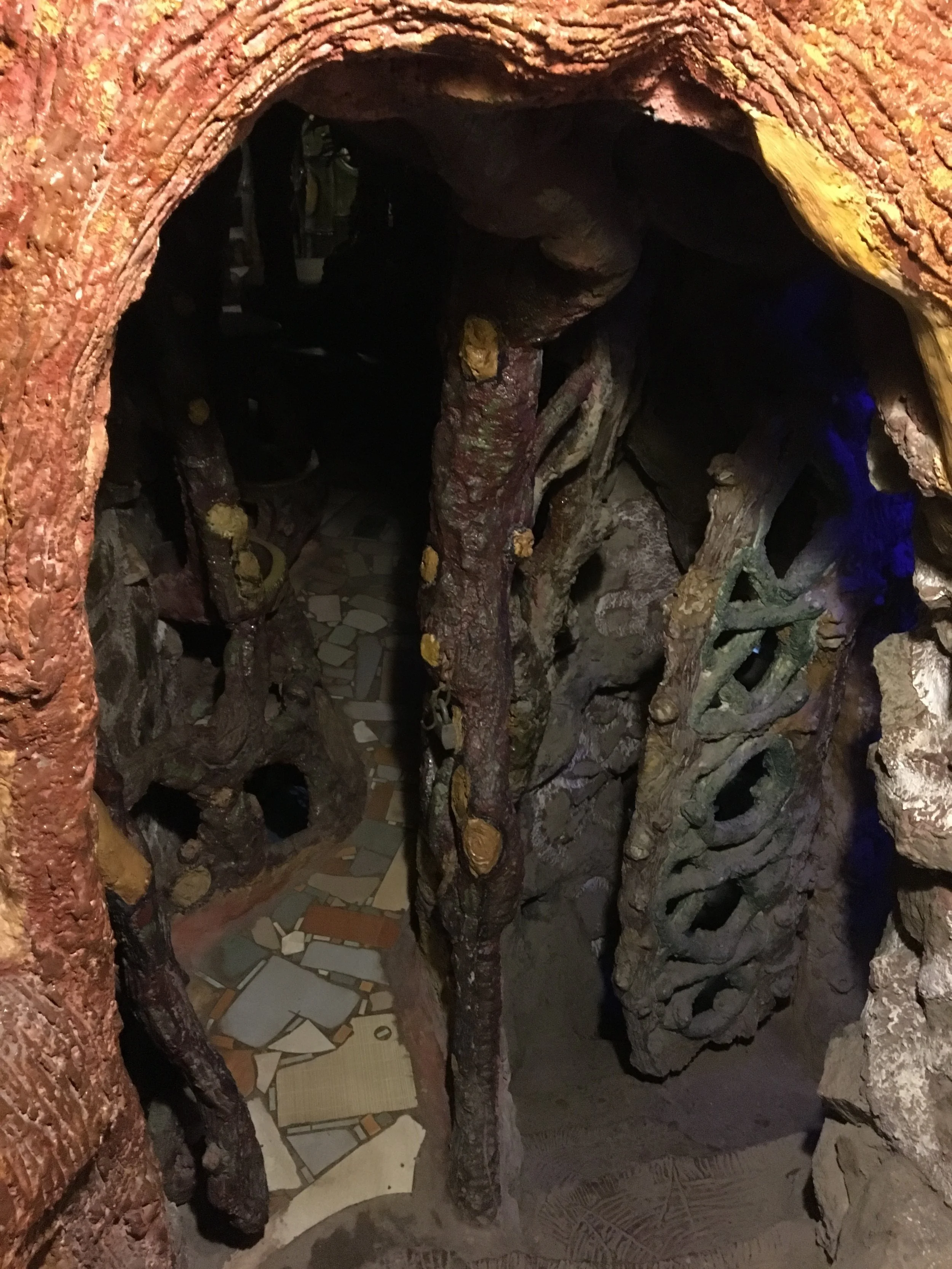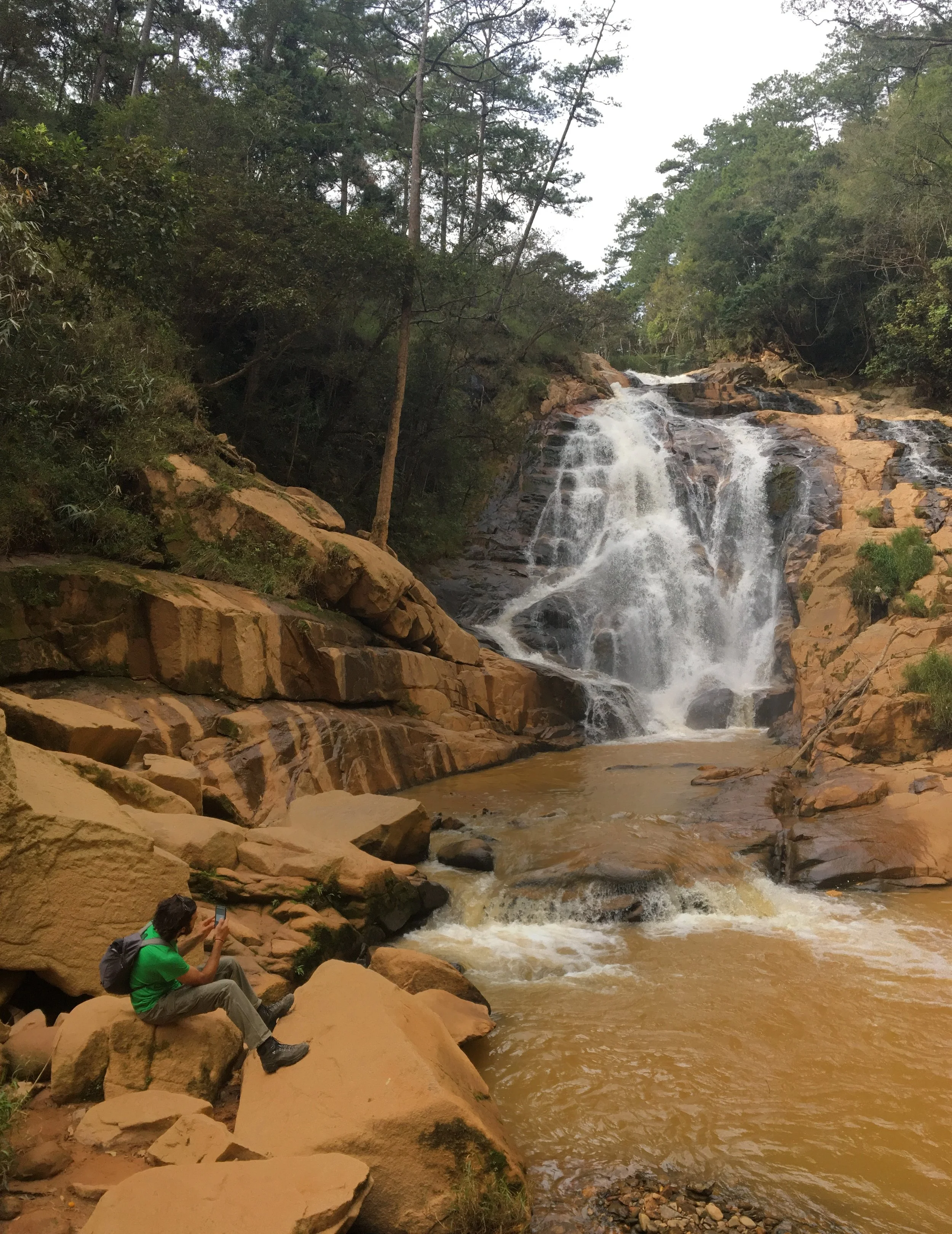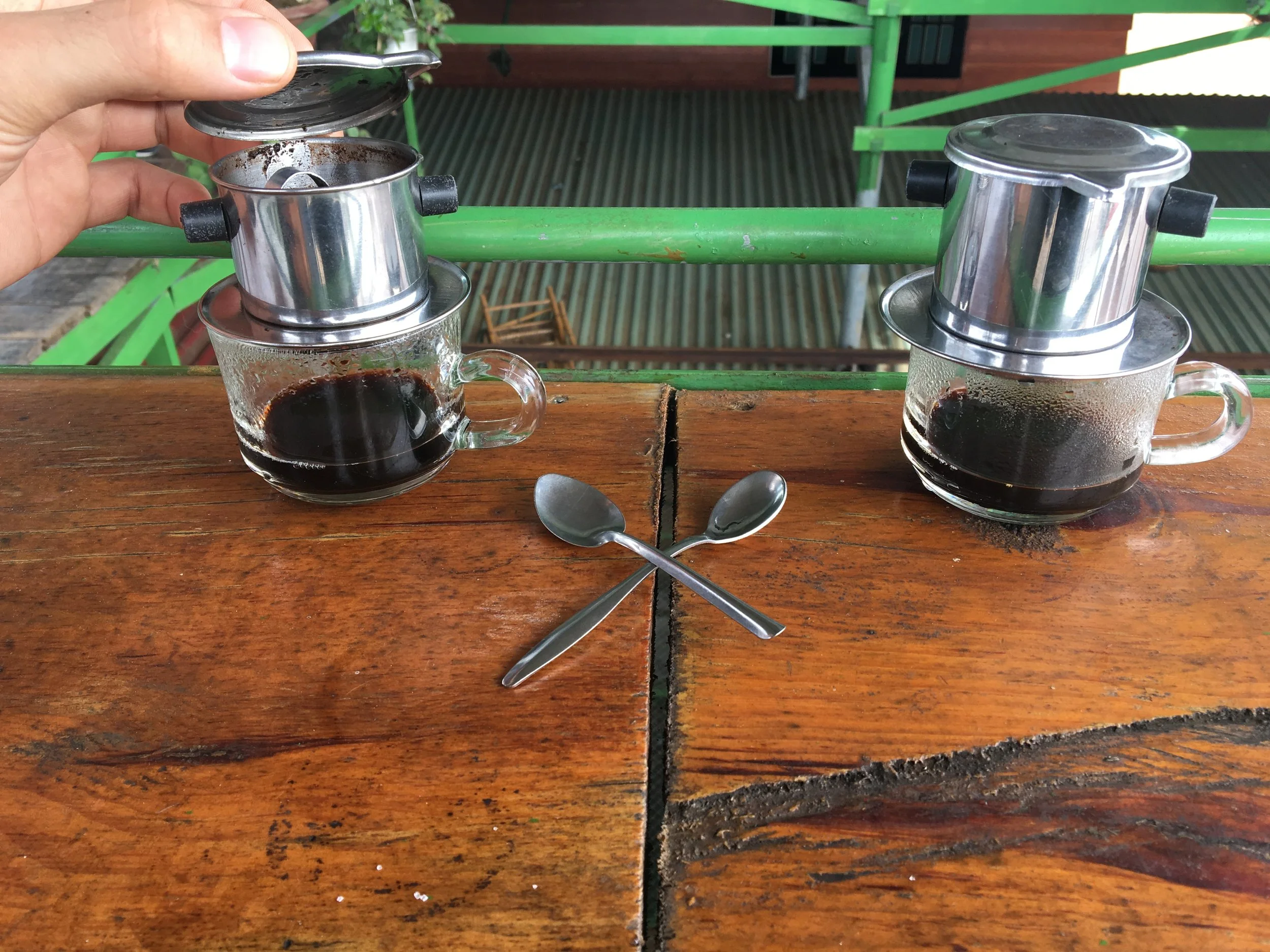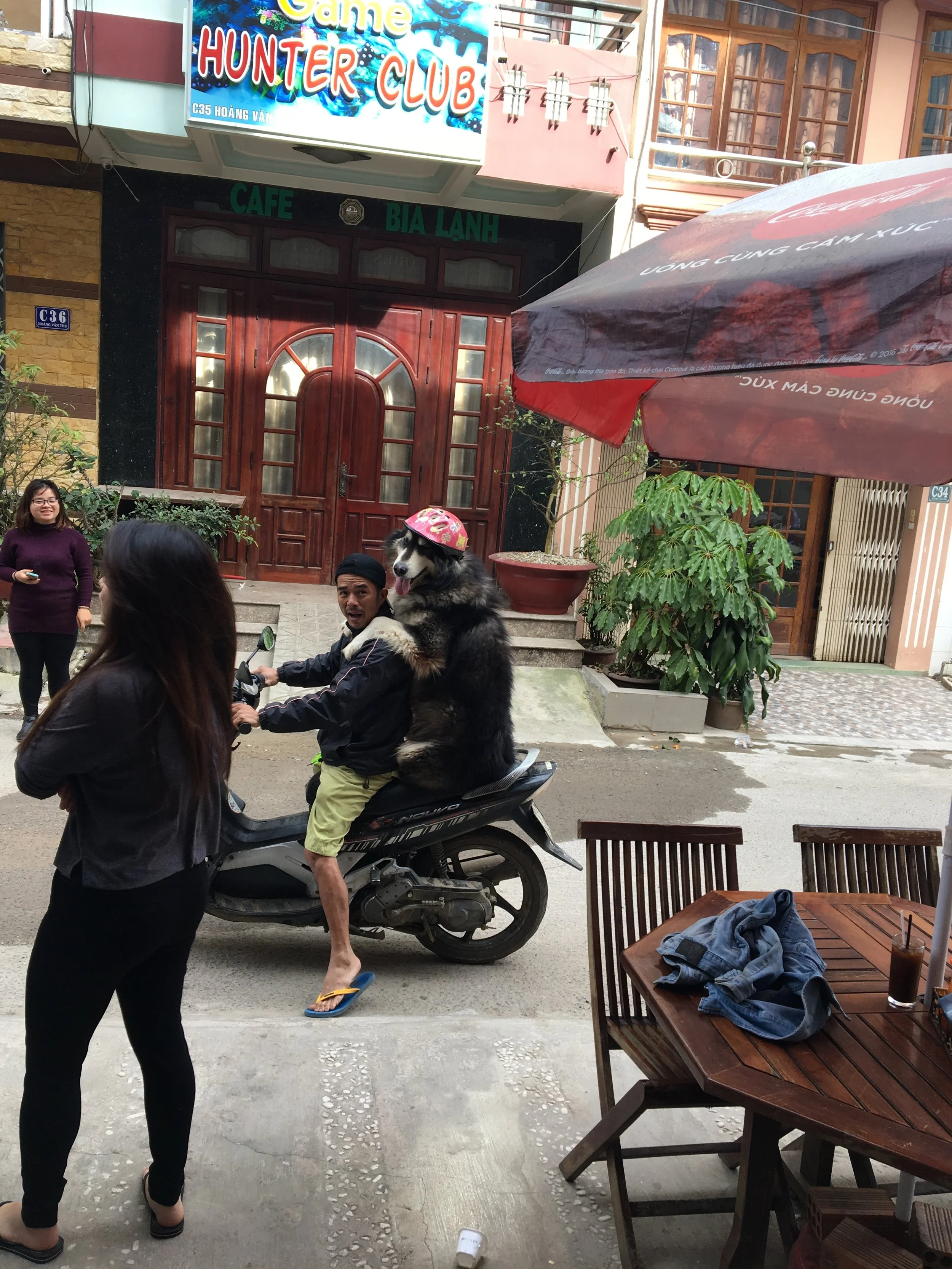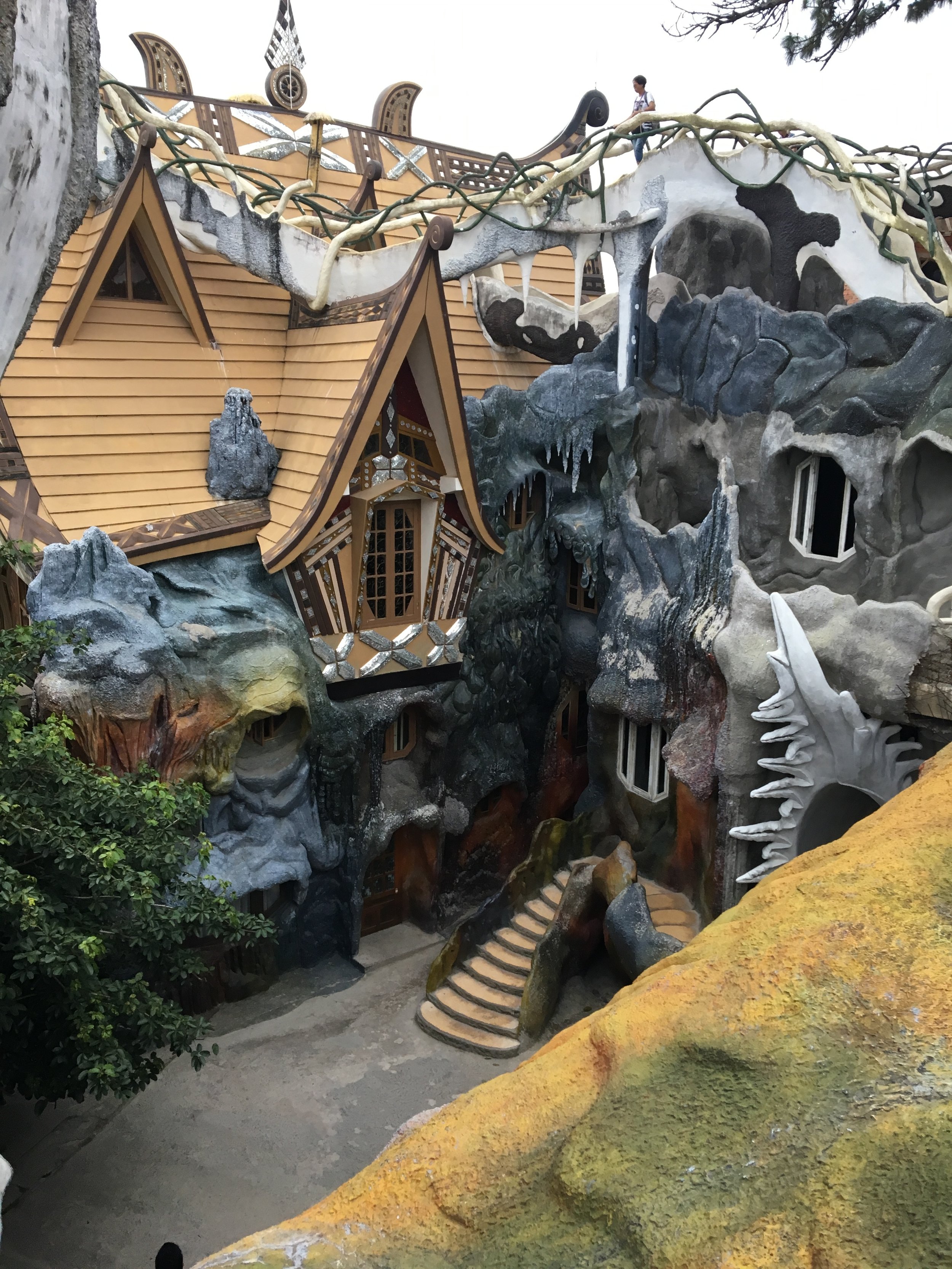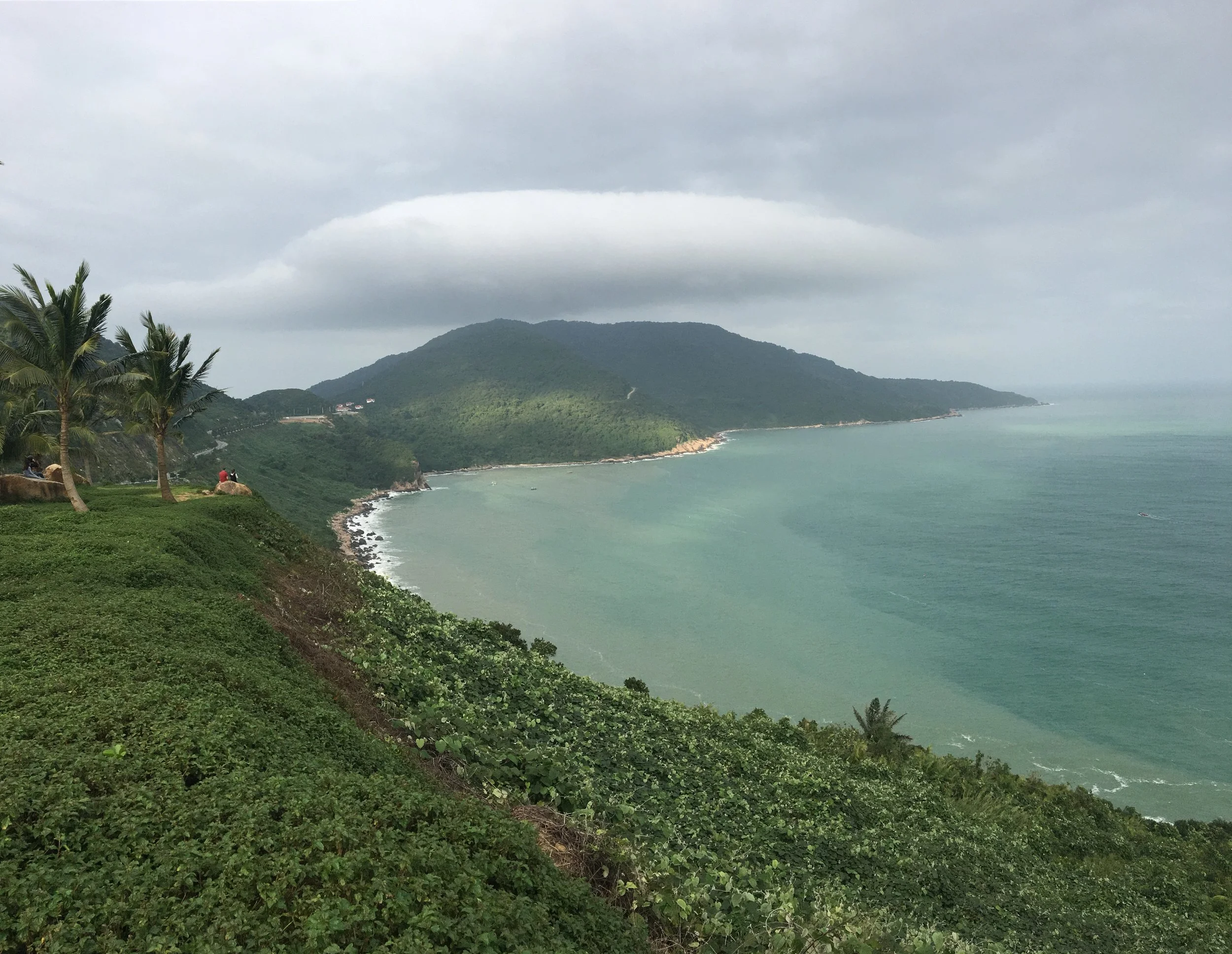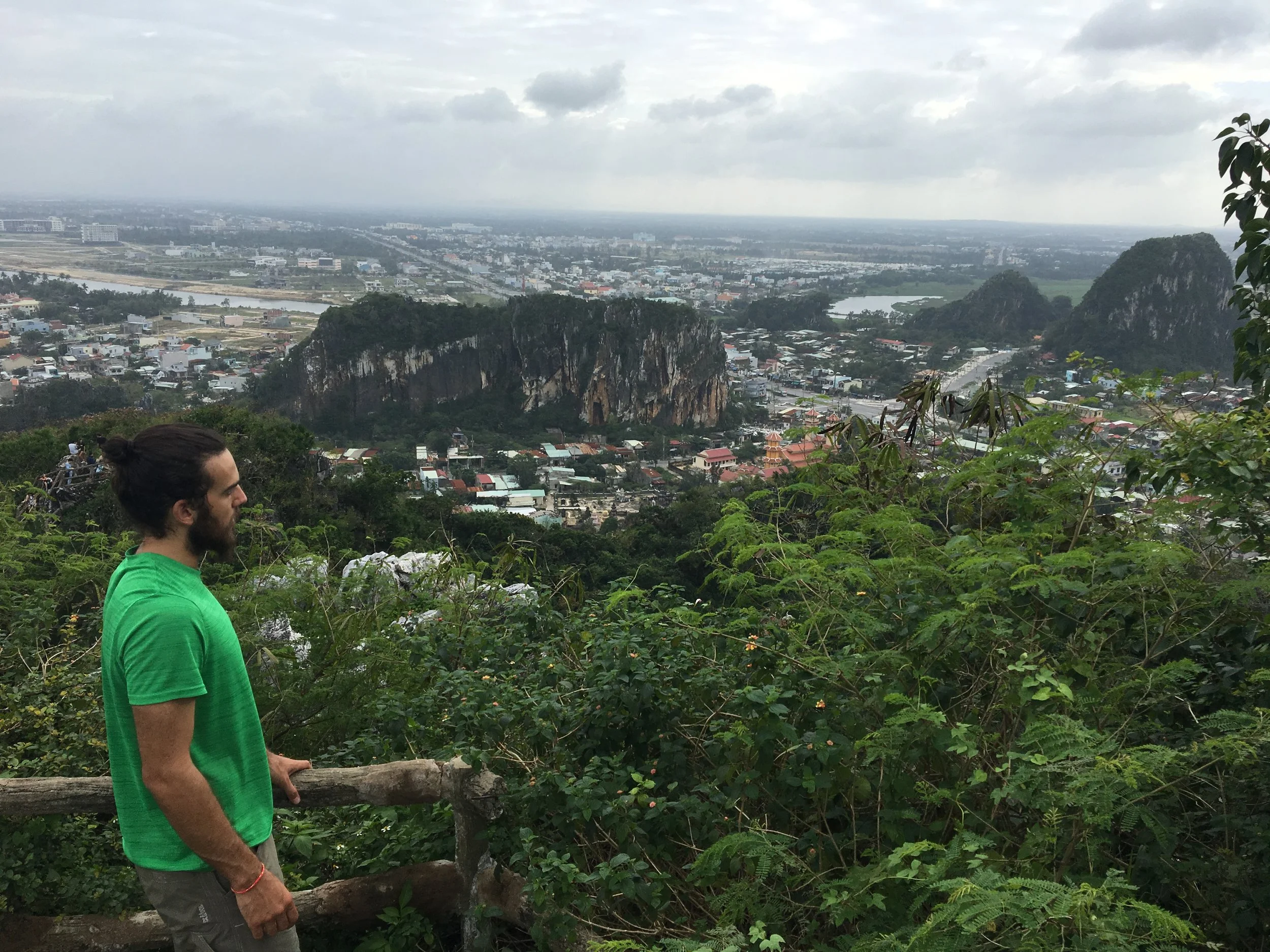begin at the beginning… and go on ~ Lewis Carroll
It is never too late to start over and to try something new. The bravest people I know do this all the time. These sentiments remind me of the process I use in sound healing to return your sparkle and your childlike essence to you.
Remember, anything that is electrical produces a magnetic field perpendicular to itself. We are electrical and our Biofield is an electromagnetic field that surrounds us. As I work through your Biofield, I am able to hear and locate Paradigm Shifts, which are neither good nor bad, they just are. These can be times when a sibling was born, you moved houses, or a parent got a new job. These situations can create stress in which the body leaks light outside itself and into our field. As we age these pockets of light (biophotons) are trapped in standing waves in the field around our body that expand and move farther away as we get older, much like the rings of a tree.
As I gently move through the field discovering these pockets of light and guiding them back to the body the comments I receive are consistently “I feel so much lighter.” This is due to two reasons. One; we are returning light that has mass back to your body, so your body no longer has to hold up density outside itself. You feel lighter as in weightless. The second reason is because what we are returning is light particles, your literal sparkle! When those are integrated back into the body you feel lighter as in brightness!
If you want to think about this in mathematical terms, say you experienced a paradigm shift in which 10 Biophotons leaked into your field. For simplicity lets say these 10 Biophotons weigh 10 lbs each. 10 Biophotons x 10lbs each = 100 lbs of Biophotons are hanging out in your field. This means that 1. your body has lost 100lbs of Biophotons that it should have and is also having to 2. hold up 100lbs of Biophotons outside itself. So you could say the body is not only at a weakened state (losing weight) but also having to do more work (holding up weight where it shouldn’t be). These Biophotons are not bad, they are just lost pieces of you that desperately want to be reunited with you.
My perception of what I am shepherding back to you is: your light, your sparkle, your essence, your childlike wonder and awe for the world; essentially pieces of yourself that you have lost along the way due to unfortunate circumstance. It is truly a chance to begin again because these fragments of your self have been returned to your Self.
When we guide your sparkle back to you this also removes the ‘tracks that were laid down’ in early life. What I mean by this is someone who came into the world not feeling safe can create a life that feels unsafe, and can surround themselves with people who don’t feel safe (subconsciously) to gather evidence and confirm that life isn’t safe. When we return your sparkle we remove the ‘tracks’ that were laid down because those tracks are made of your light. The light or sparkle isn’t bad, because it’s you! However, the way the light glitters in your field and holds an electric charge it could also be referred to as a trigger.
As you know, triggers can attract familiar situations that will in turn validate our fears and cause us to react intensely. Due to the fact most triggers are unconscious they also can create an automatic reaction - like yelling, lashing out, or freezing. When we return your sparkle back to you we create a pause or a breath in between the situation, emotion, and the reaction. This rewiring is similar to neuroplasticity because we are creating a new reaction (pathway); through sound healing we are also strengthening and reinforcing your centeredness and alignment.
By returning your sparkle and having your life force returned to you, you are literally ‘leveling up’ in life because you are more aligned with your truth and authenticity.











